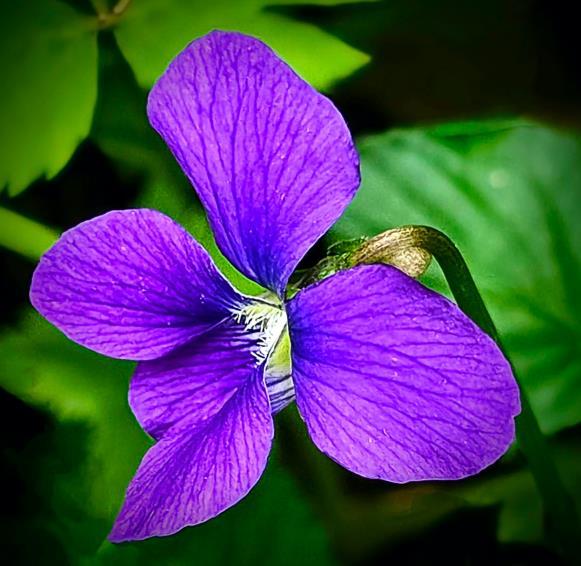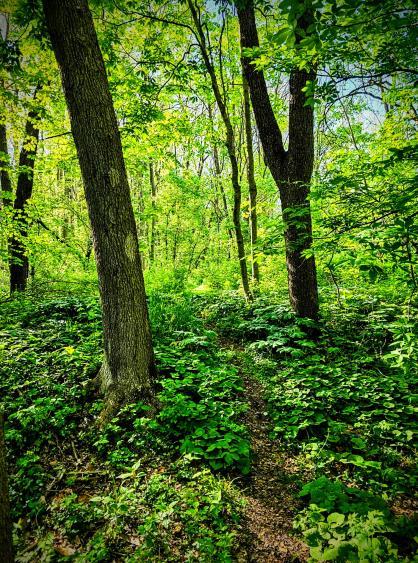Spring Wildflower Tour
Tamarack Recreation Corporation
Serving Tamarack Seventeen and Springmill Lakes at Tamarack
Join us Saturday, April 23rd at 10:30 am for our annual wildflower walking tour led by Norma Wallman, author of Wi df e of Holiday Pa k . Norma returns by popular demand to lead us along the trails of our nature preserve


Garlic Mustard Pull
We are kicking off our annual garlic mustard pull Saturday, April 23rd at 1:30pm. Trash bags will be provided. You will be trained to identify garlic mustard, an invasive plant, that we must remove every year. The plant is easily pulled out of the ground and must be placed in a trash bag and taken out of the preserve. This year we want to have a weeklong mustard pull. Saturday April 23rd---30th. Trash bags will be available next to the Message Center at the entrance to the preserve. On a nice day, come to the preserve and grab a bag and go into the woods and pick garlic mustard . You can leave the bag in the woods or take it home and place in your garbage can for pick up on Monday.
Tamarack Trees Planted
Up until last Friday, there were no Tamarack trees in our preserve or neighborhood . The absence of Tamarack trees has been corrected Greg Harker, President of the nature preserve, purchased four seedlings and they have been planted in the preserve. The most noticeable seedling is just north protective




Tamarack Nature Preserve Wildflower Photo Guide now available
Thanks to Pilar Morera, and Betty Yan we now have photo guides for wildflowers that are located in our preserve. Pilar and Betty have identified over 130 species. In the following pages you will find flowers that bloom in the Spring. We will have these guides located at the message center for your use and as you walk the preserve this Spring you can use the guides to identify wildflowers. There are three sets of flower guides, Spring, Summer and Fall. We will have the proper season guide at the message center.



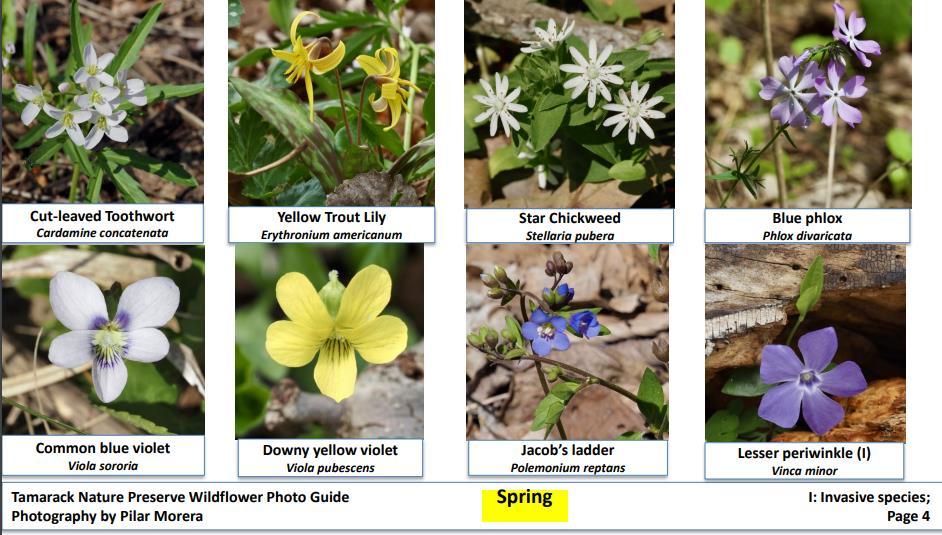


Tamarack Recreation Corporation
Serving Tamarack Seventeen and Springmill Lakes at Tamarack
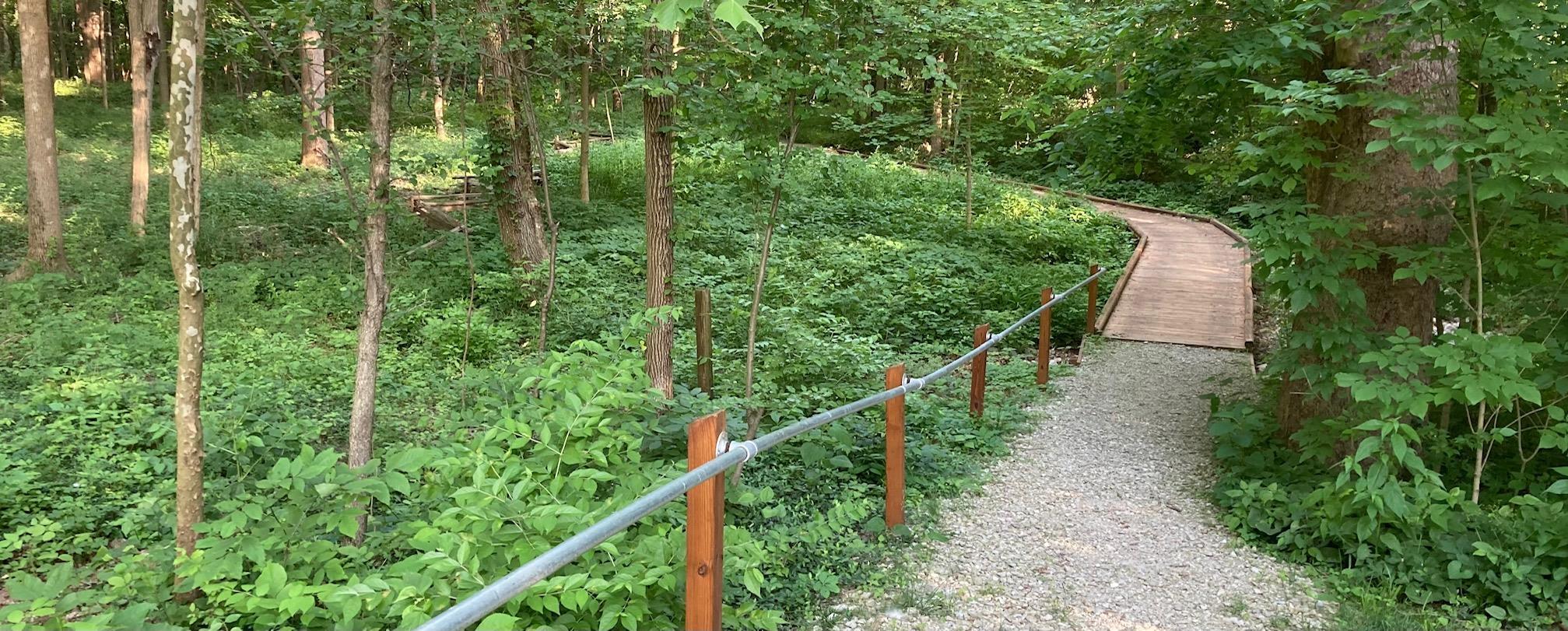

17th Edition, June 18, 2022
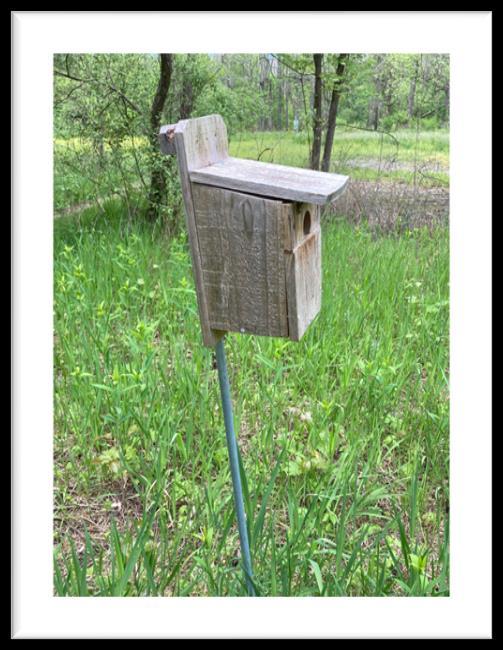
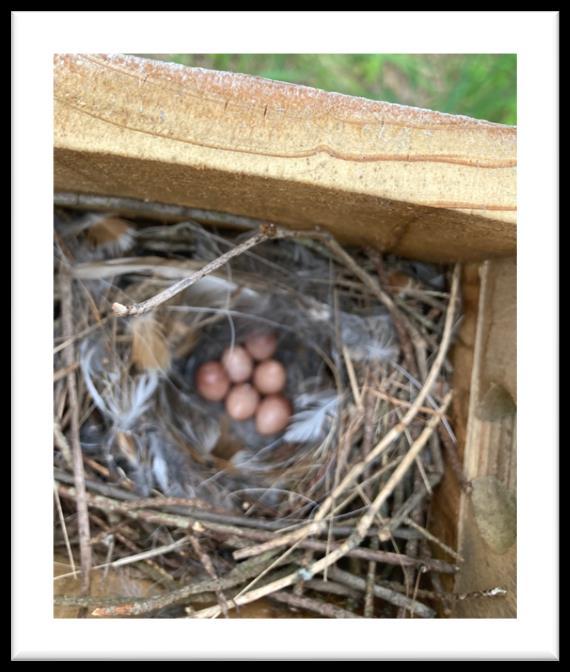
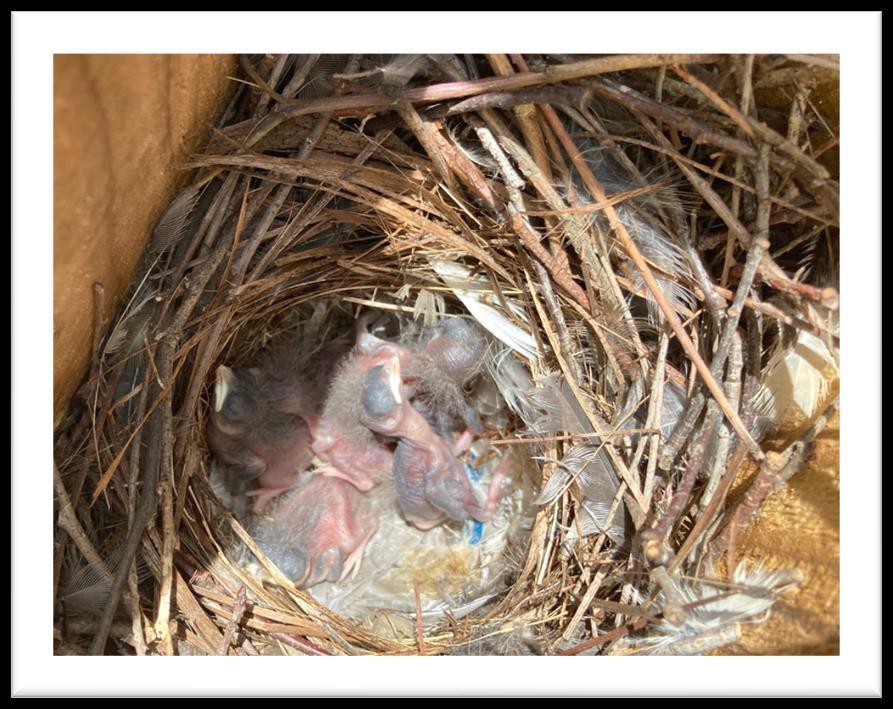

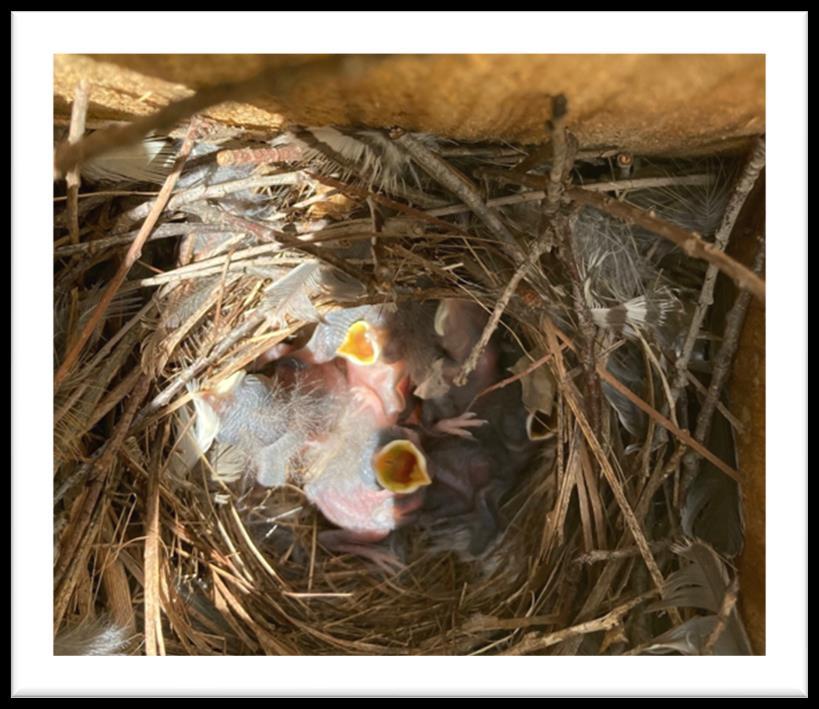
Preserve nesting boxes are being put to good use. The photos show the progression of life for a Wren family.

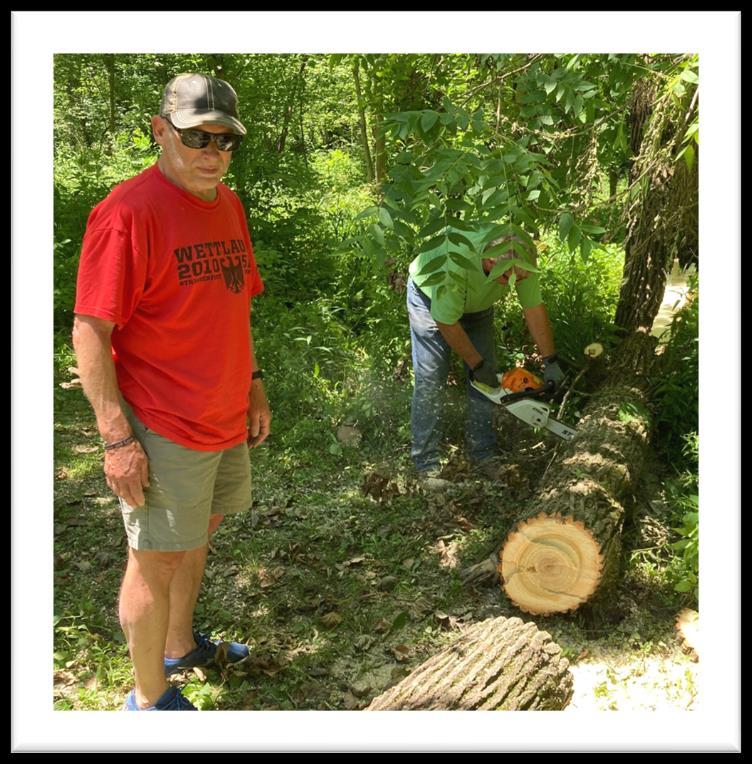


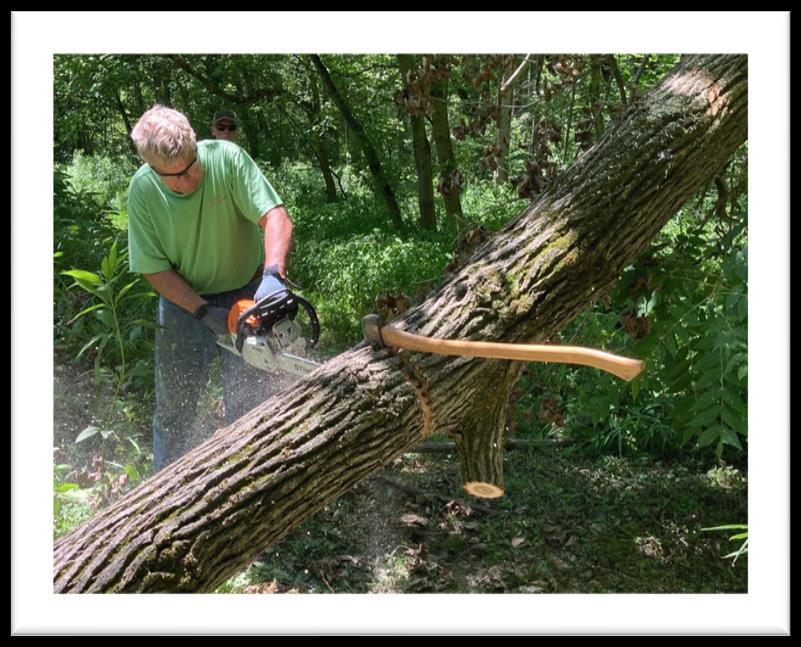
Large tree toppled over on the south trail. Board President, Greg Harker looks over the area as Chuck Rutledge uses his chain saw to clear the debris. Neighbor Tom Kretz moves large logs with his Kobota
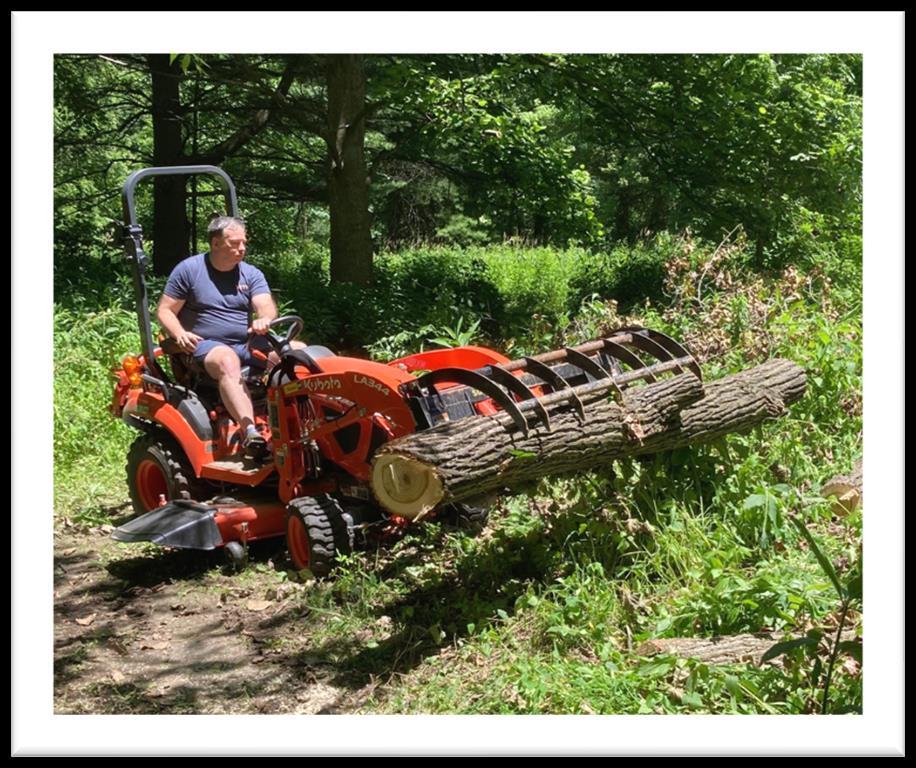


Butterfly habitat is mowed for the first time. Plans are to mow about every thirty days. Mowing is part of the process to encourage the pollinator, planted this past winter, to flourish. Neighbor, Tom Kretz, was kind enough to mow the habitat with his Kabota. Thank you, Tom!
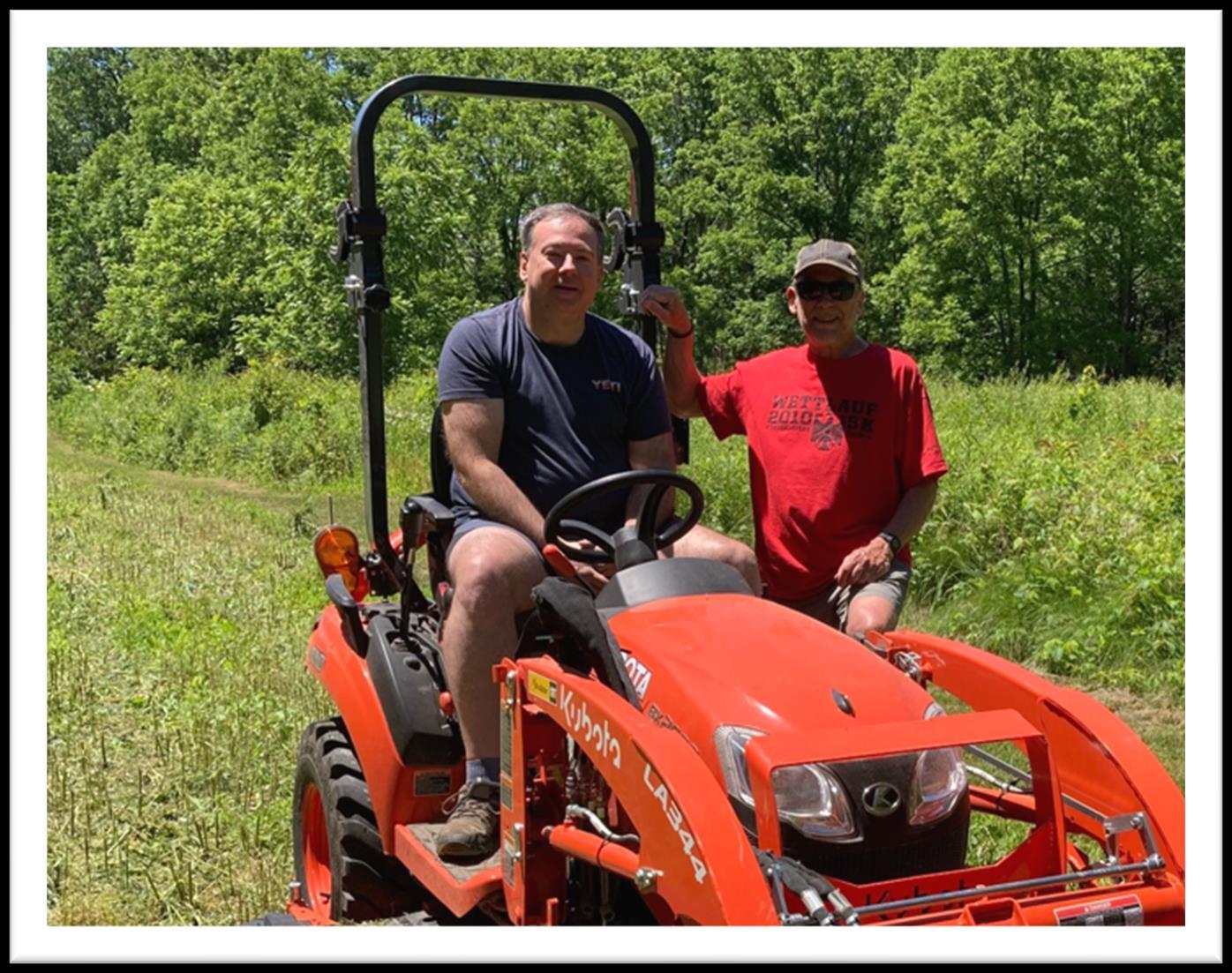
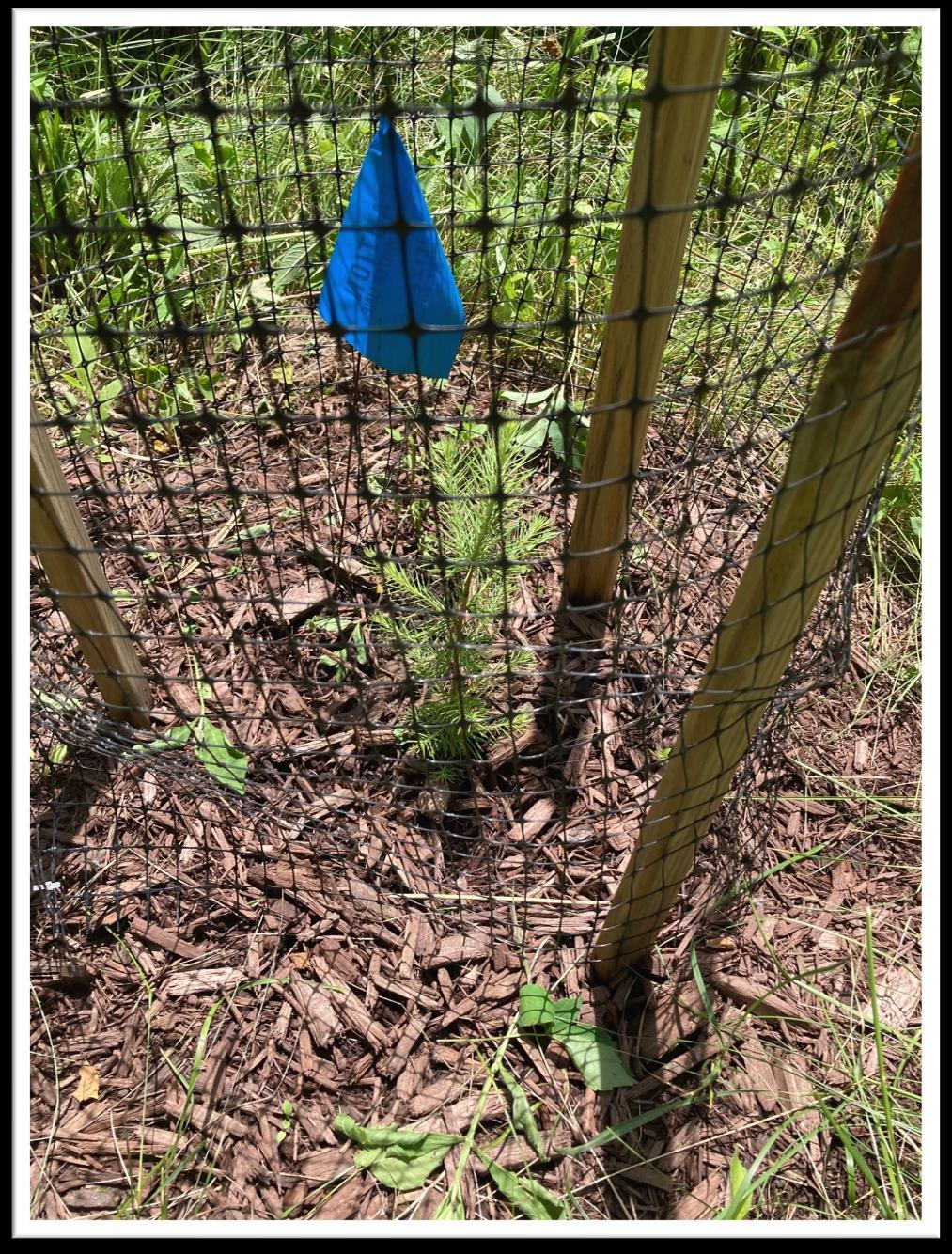
seedling is doing great!
Summer Wildflower Guide is now available at the nature preserve entrance. Three books are available, featuring spring, summer, and fall wildflowers including a book on butterflies found in our nature preserve. All photos were taken by our neighbor, Pilar Morera and the guides were edited by our neighbor Betty Yan.

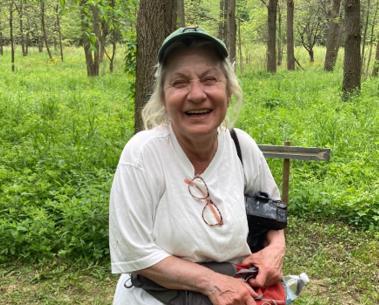


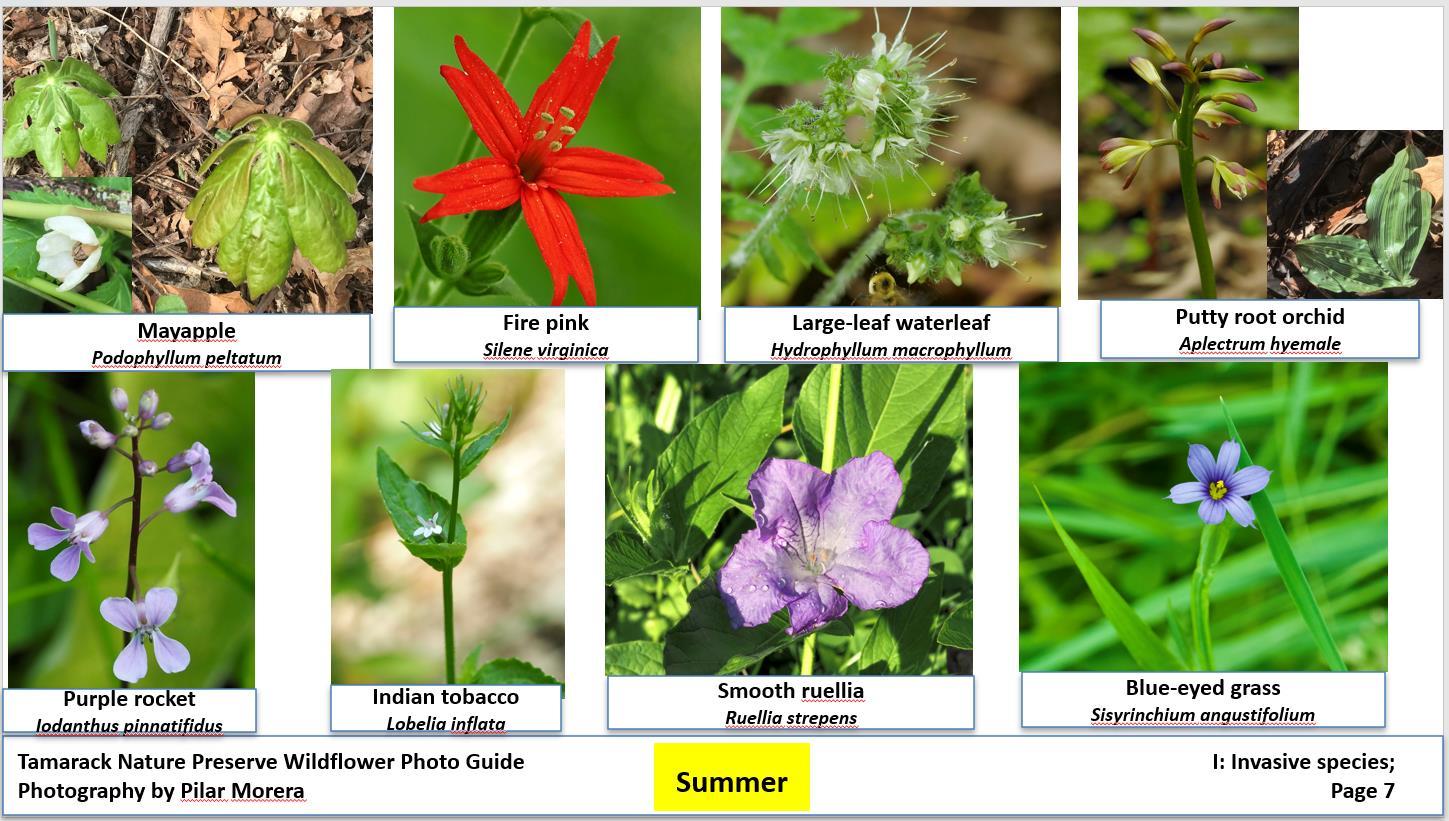
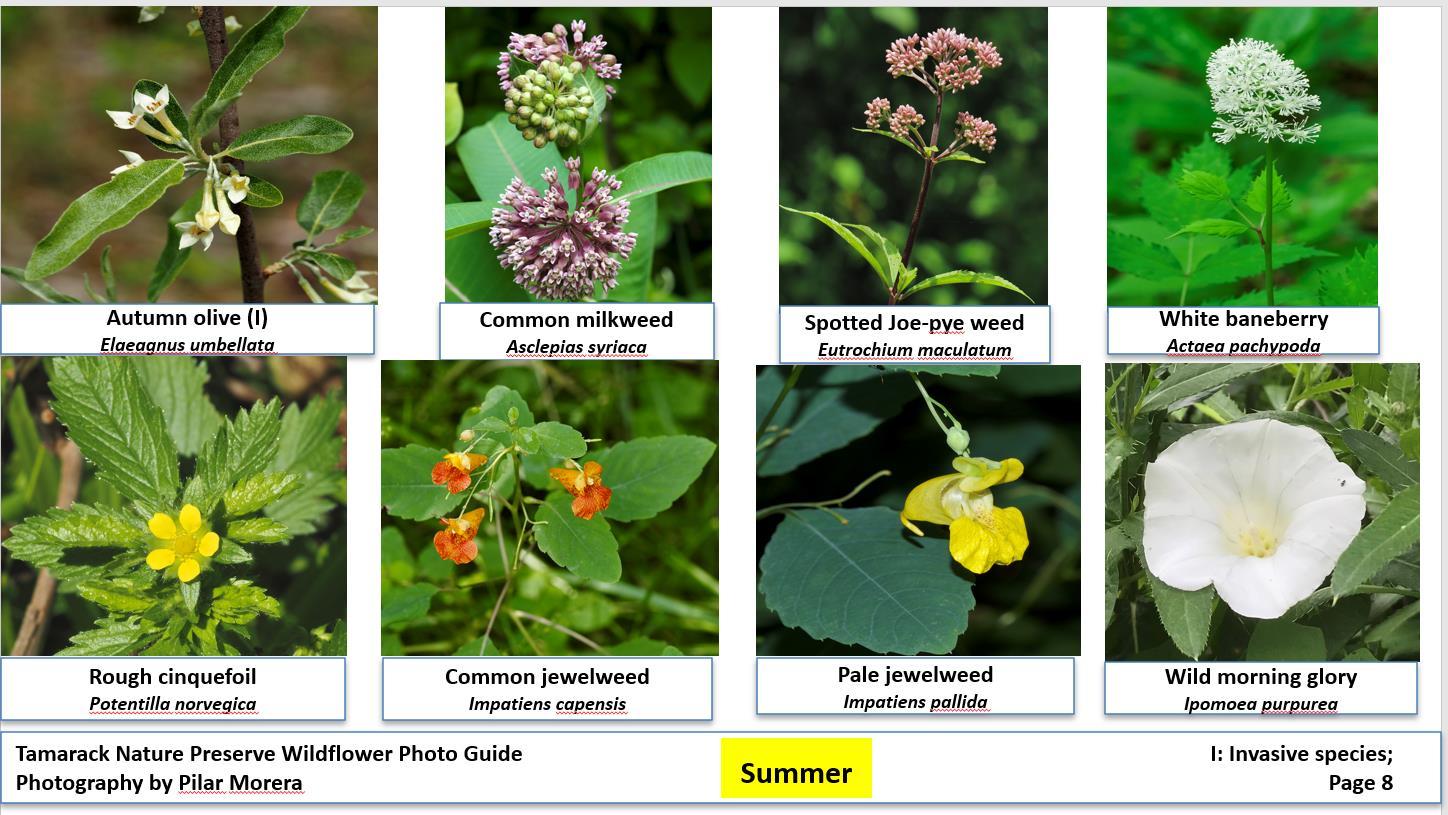
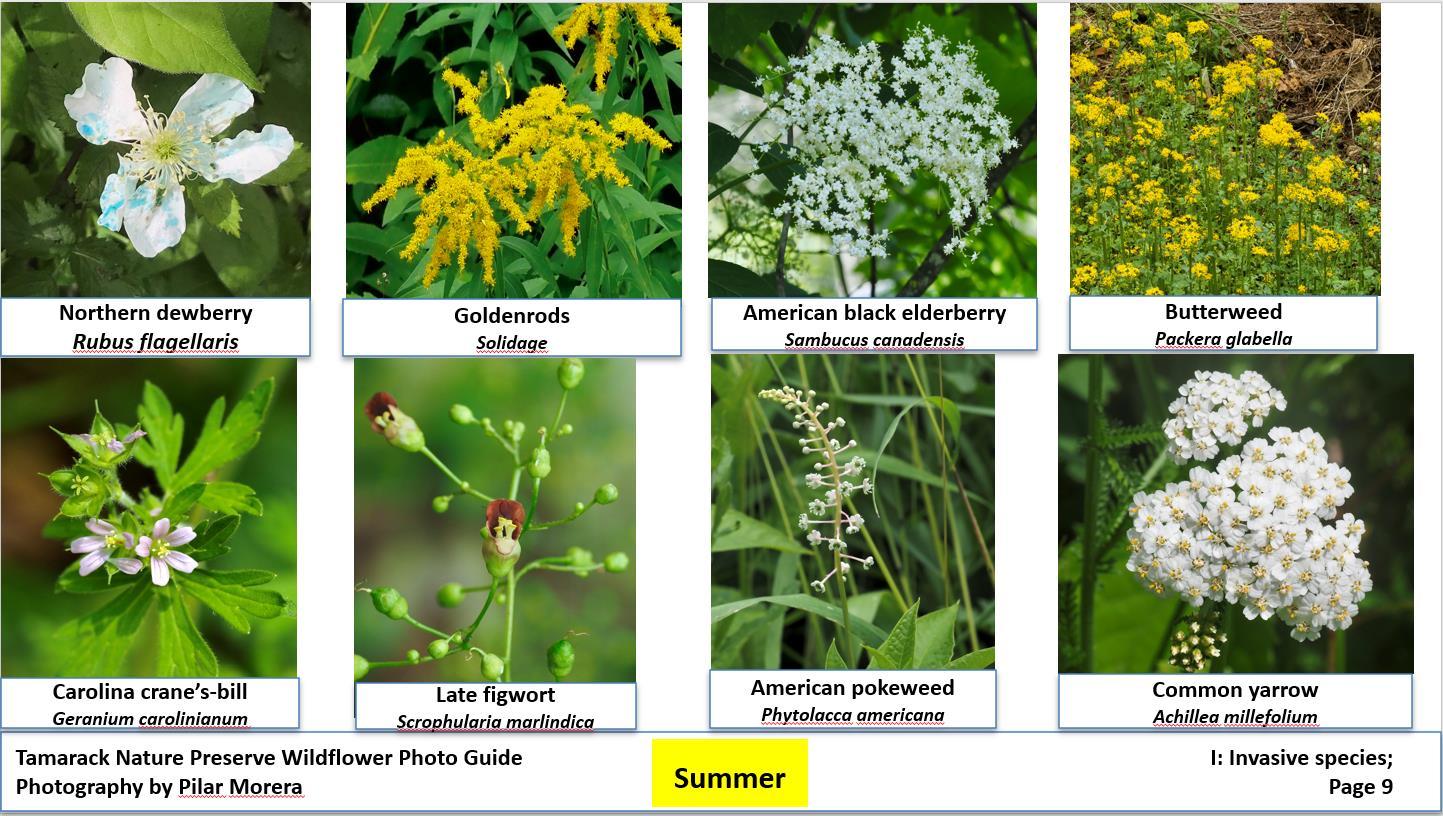

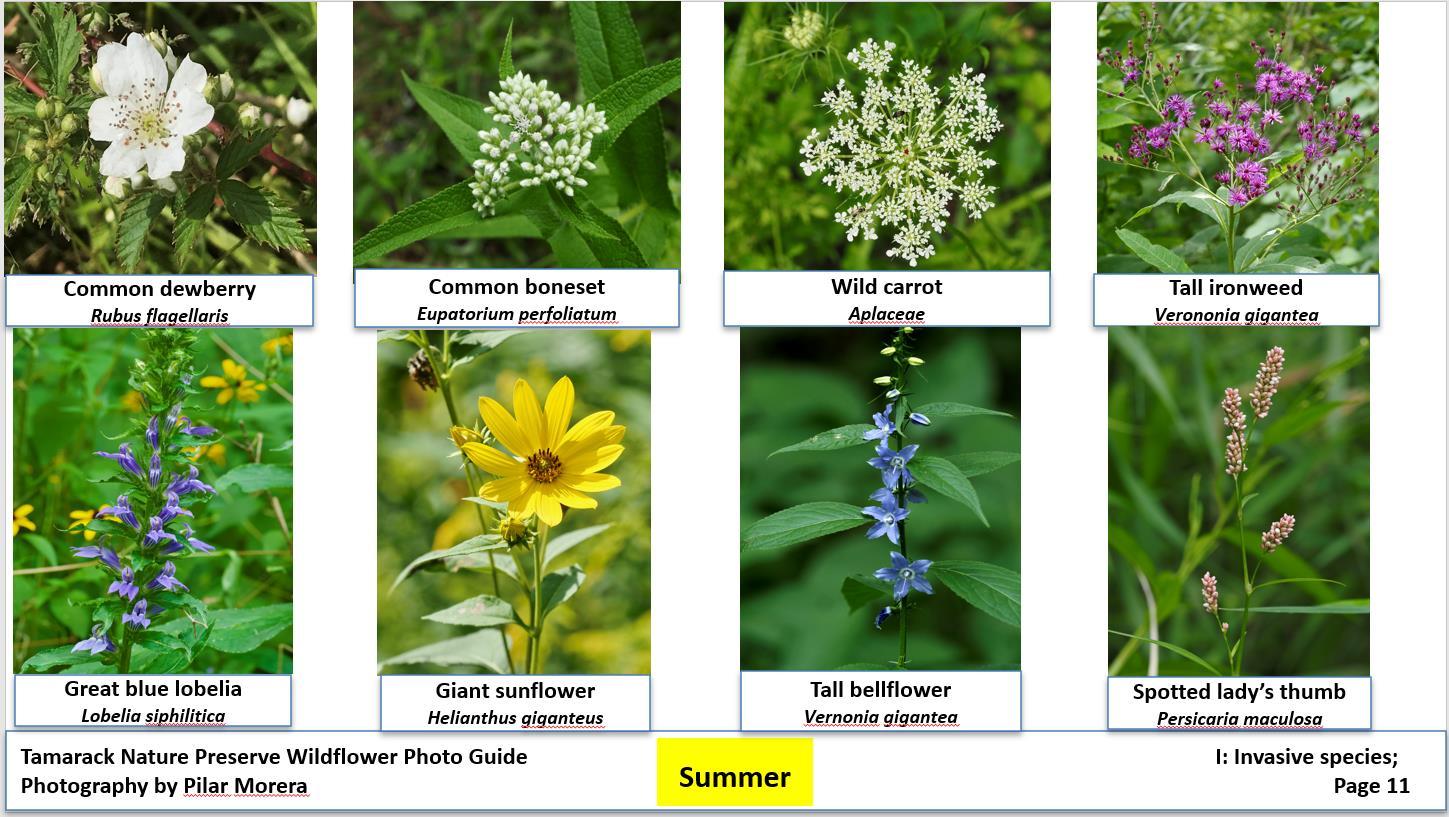
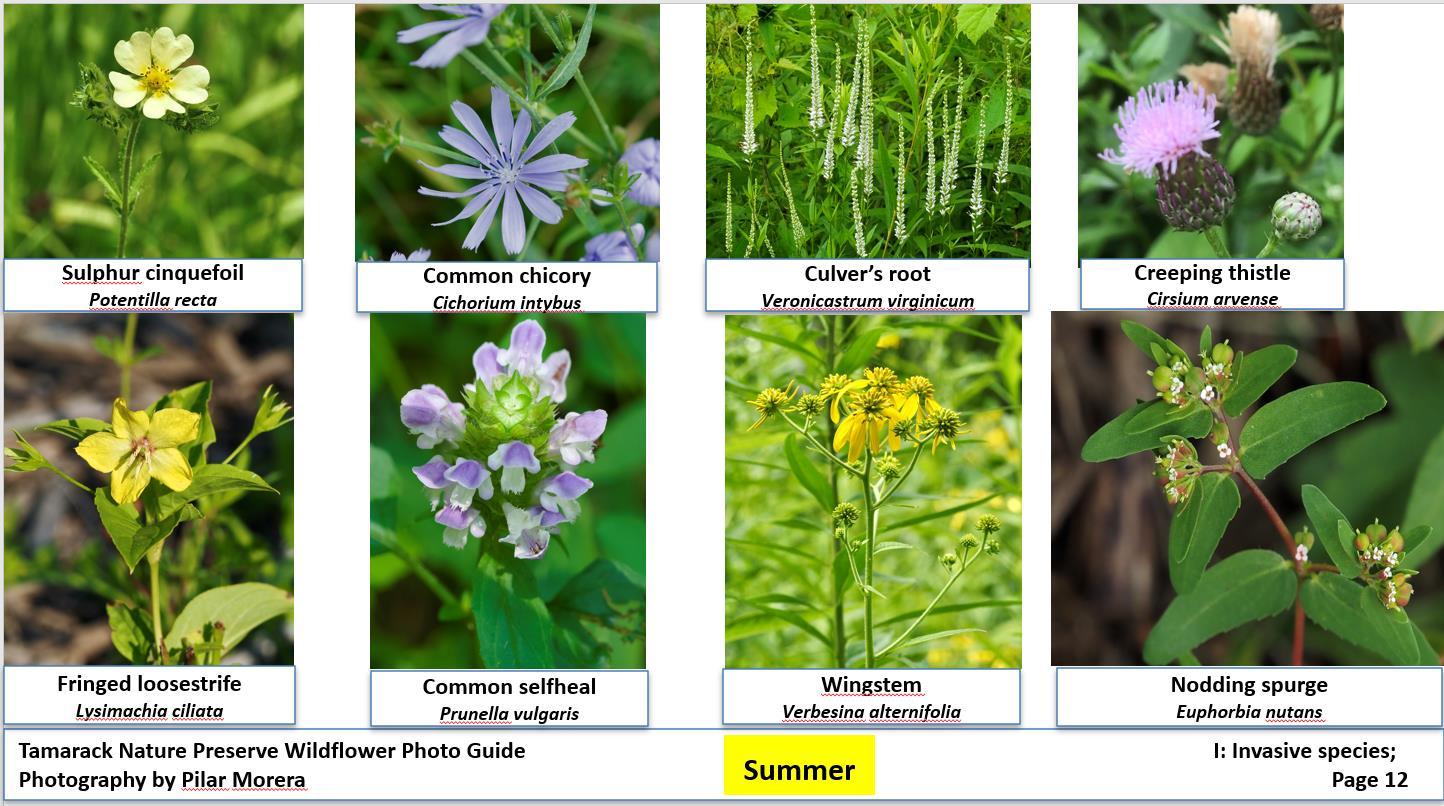

Tamarack Recreation Corporation
Serving Tamarack Seventeen and Springmill Lakes at Tamarack
Newsletter, 18 th Edition, July 13, 2022

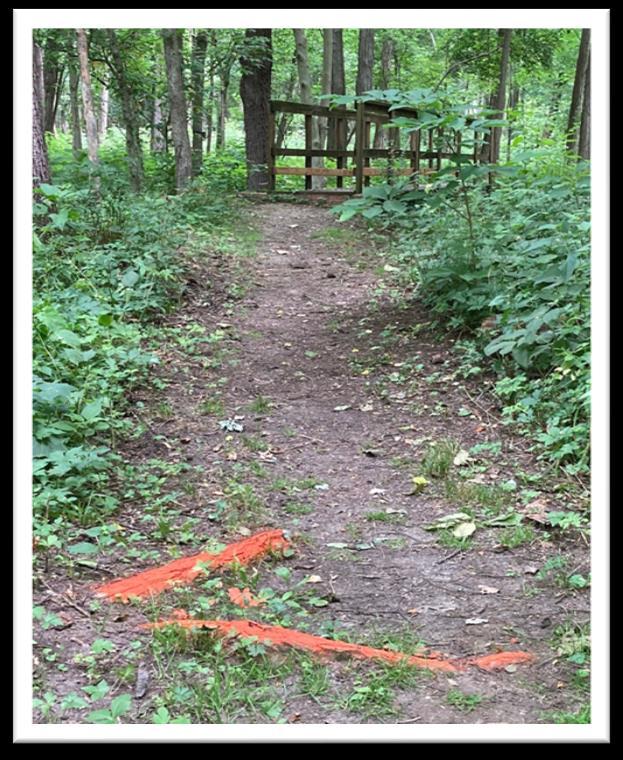
For your safety, each year, board member Don Willing paints the roots that are on the trails. The painted roots provide a visual alert to assist hikers of trip hazards.
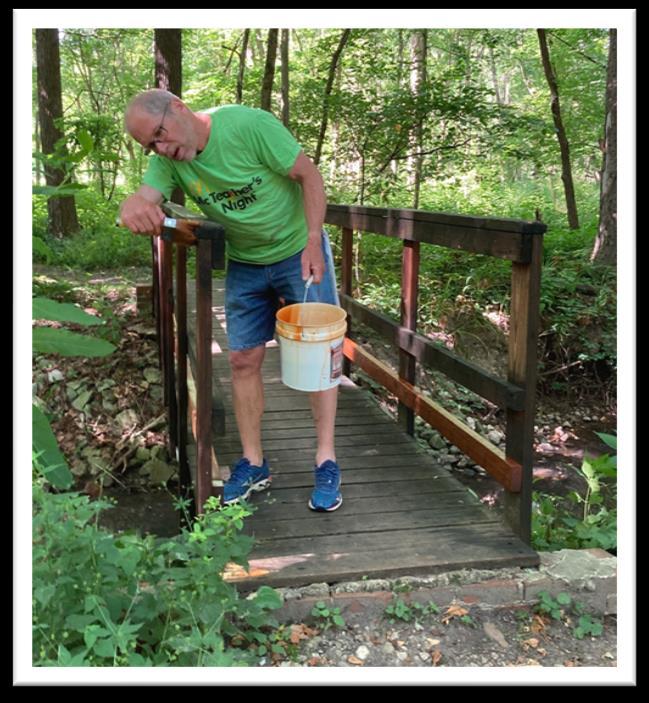
Routine maintenance is key to extending the life of our preserve assets. Here, board president Greg Harker is applying the second and final coat of wood sealer on the footbridge.
IDNR Division of Forestry
Zack Smith, Forestry Program Coordinator visited our nature preserve. Zack is familiar with our preserve and was very complimentary on the progress we have made in managing the area. Zack, along with Katie Betley and Greg Harker, walked the preserve and identified over 30 tree species. Each tree will be tagged and identified for visitors to learn the tree name. Most of the trees are located along the trails or nearby.

Zach Smith and Katie Betley tied a vinyl ribbon around some of the trees, and hand wrote what type of tree it is.
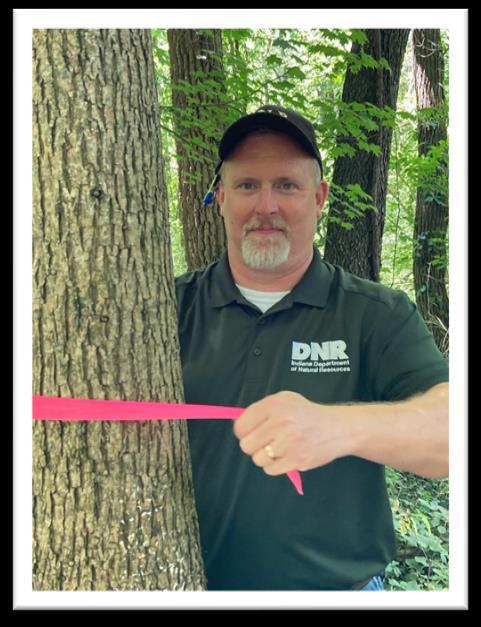
Zach Smith is a Purdue Forestry grad, has worked in the Forestry Division of the Indiana IDNR for 22 years.


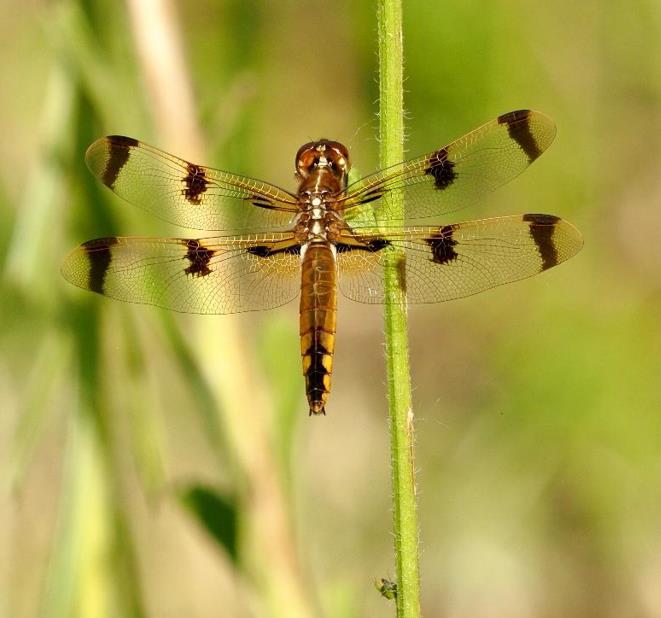



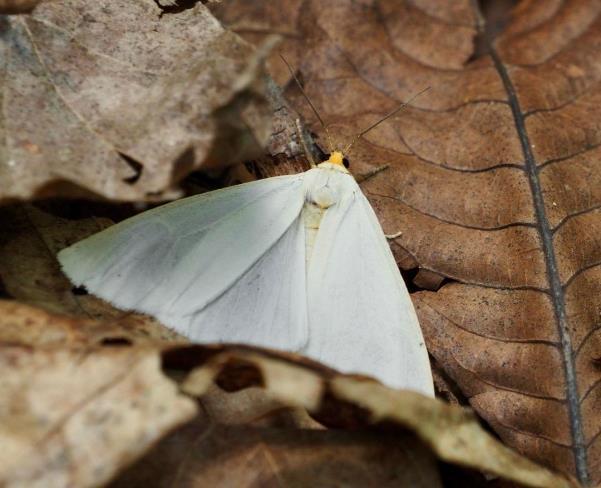






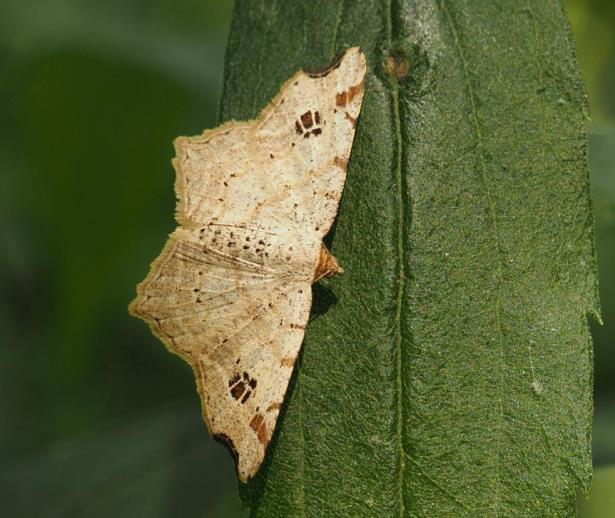


Tagged September 26, 2021

Observed on October 15, 2021

Congratulations- Mary Oldham and Beth Critser!! The monarch butterfly that you tagged on Sept 26,2021 with the tag AECM824 was reported at New Bloomfield, MO on October 15,2021 and listed on the monarchwatch.org website. The Monarch butterfly traveled 363 miles in 19 days.




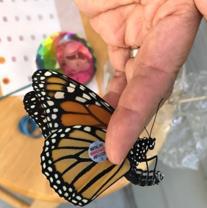

Butterfly News
Read about recent results of Monarch tagging. See the following pages listing all the butterflies found in our nature preserve. Photographed by Pilar Morera and edited by Betty Yan. The butterfly guidebook is located at the preserve entrance message center
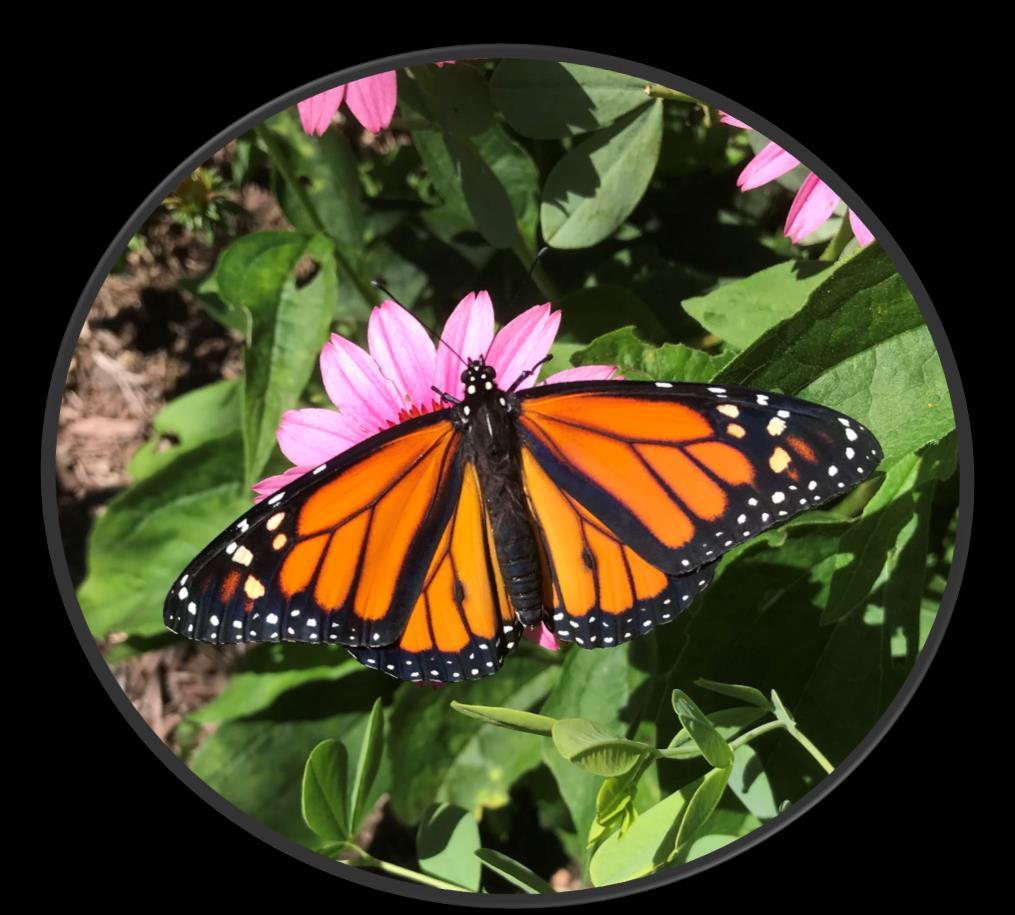
Just when the caterpillar thought the world was over it became
a butterfly --proverb

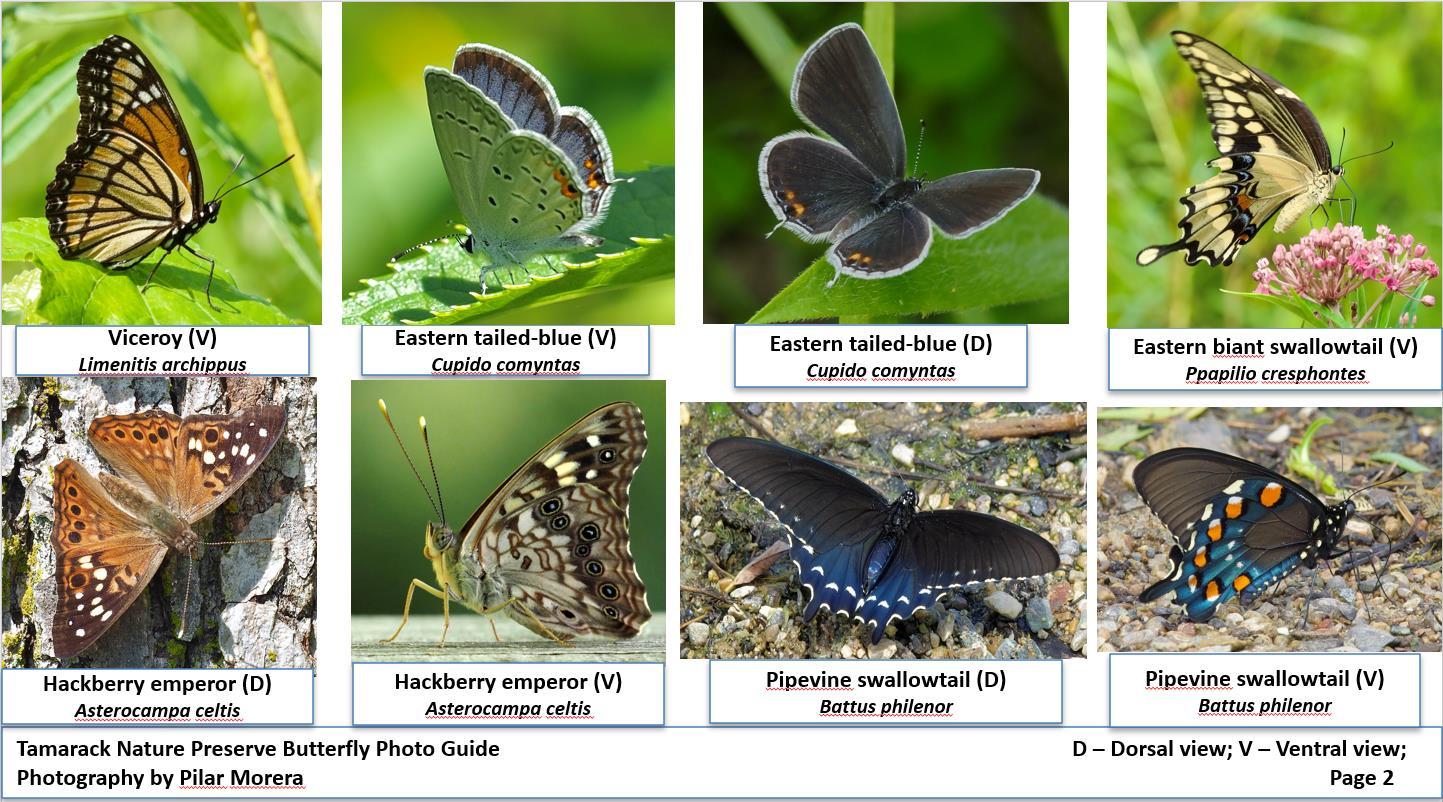


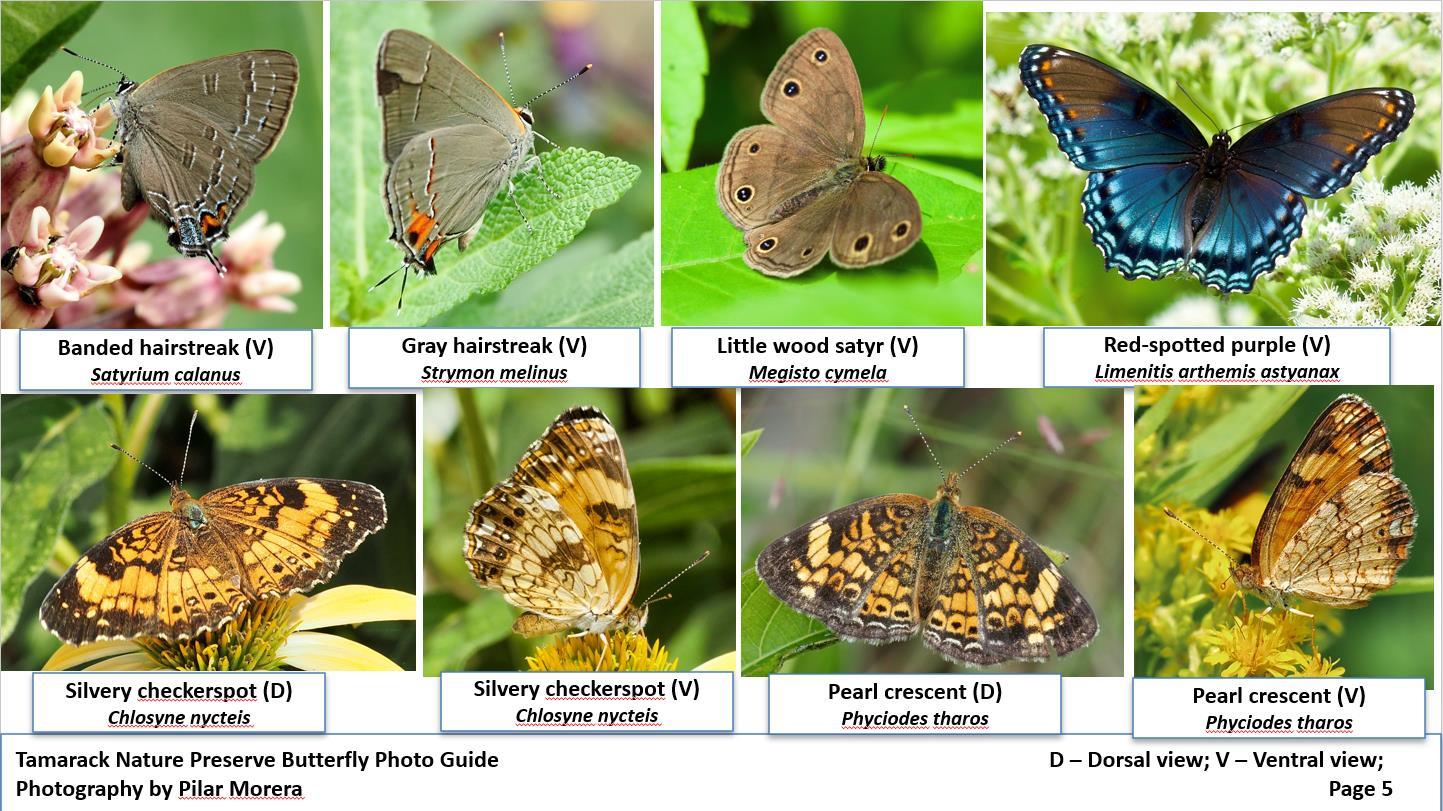
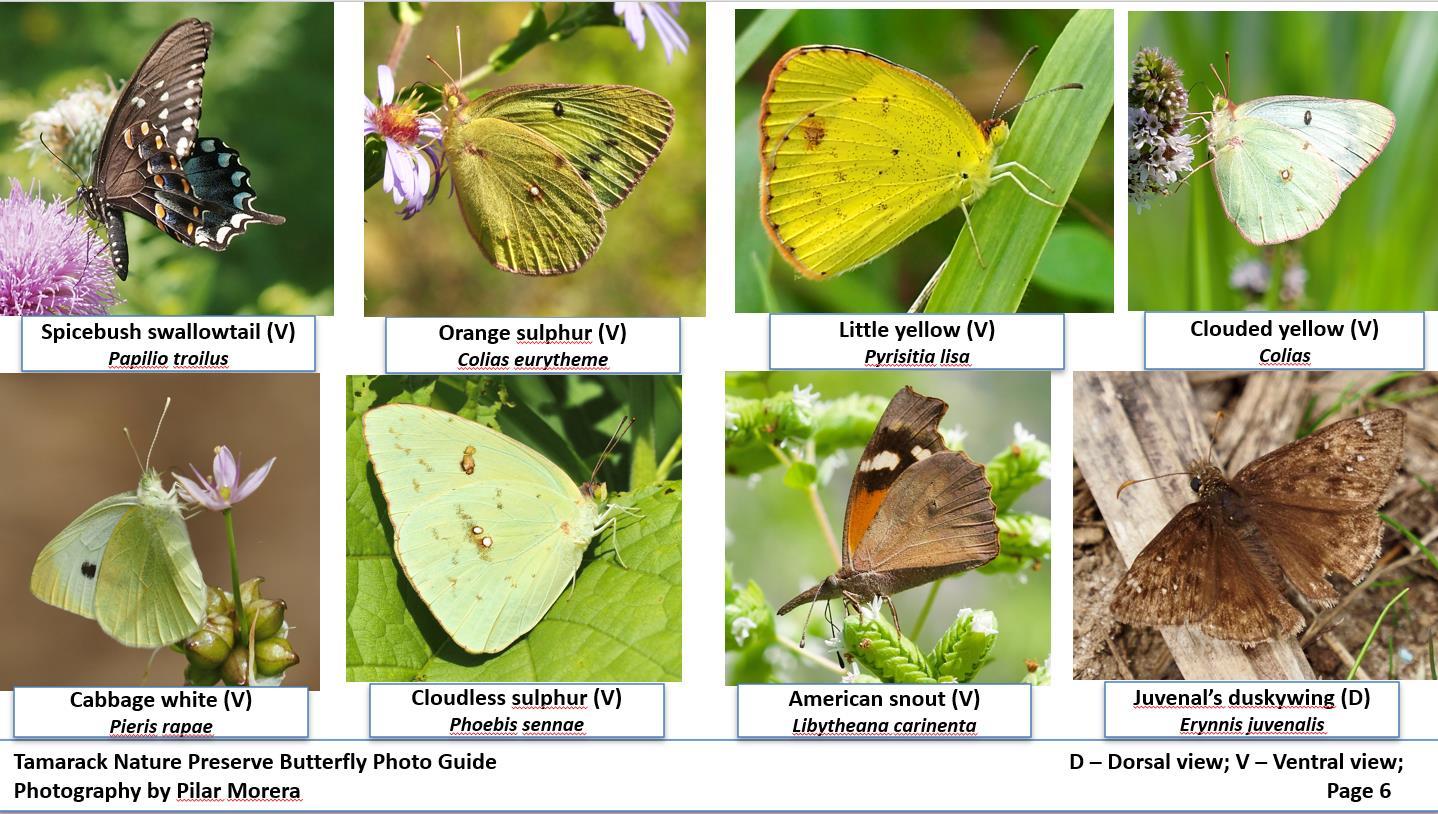
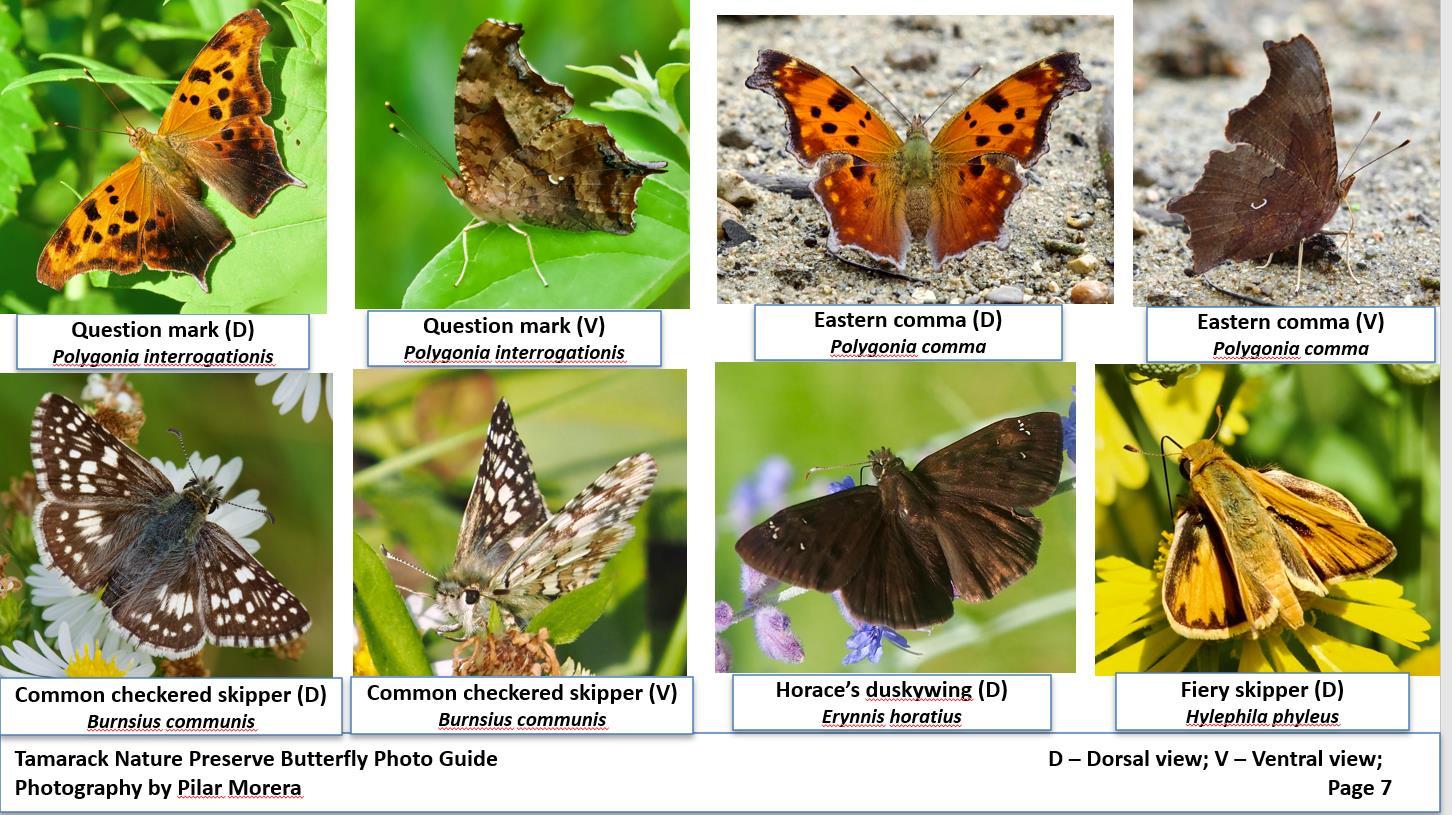


Tamarack Nature Preserve
Serving Tamarack Seventeen and Springmill Lakes at Tamarack


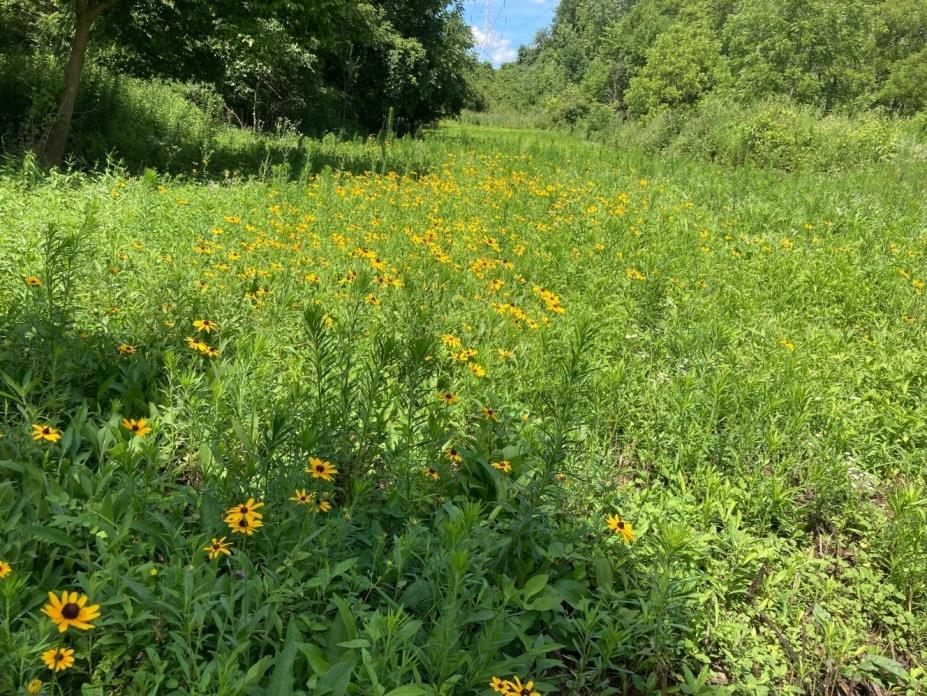
19th Edition, September 5, 2022

Butterfly habitat at the left is on schedule to fill the area with flowers. It will take up to three years to fully realize the habi a potential. This summer, Black-eyed Susan's and Partridge Peas are prominent
We have mowed the habitat for the second time. This procedure is part if the maintenance that is required to encourage plant growth. Our DNR support staff has assured us that the habitat is in good condition and on schedule for a successful completion by 2024.
Thanks to all for your generous support of this endeavor

Thursday, September 22nd 6:00 pm
at the entrance to the nature preserve by the lake


Tamarack Nature Preserve
Presents WHOBILADOS
The cost of the musical group has been underwritten by a generous supporter of the nature preserve.
At the end of the concert, we will be asking for donations in support of the honeysuckle project explained on the preceding page.
Bring your lawn chair and enjoy the concert!
See you September 22 nd , 6 pm
21st Edition, October 26, 2022
Tamarack Recreation Corporation
Serving Tamarack Seventeen and Springmill Lakes at Tamarack

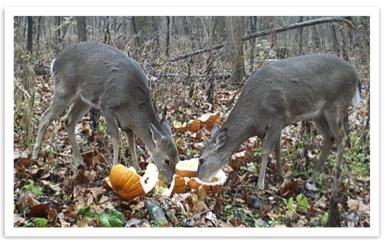
SAVE YOUR PUMPKINS—If you plan to discard your Halloween pumpkin, we can put it to good use. Leave your pumpkins next to the library on Tamarack Dr. and we will place them in the woods for the deer and fox to enjoy.
CLEARING THE TRAIL—Greg Harker and the guy behind the camera cleared a down tree that fell across the south trail. Regular inspections are conducted to make sure the trail is free of any potential dangers to visitors.
Enjoy photos of Dragonflies and Damselflies taken in your nature preserve. Photos taken by Pilar Morea and edited by Betty Yan— enjoy!
Butterfly
Habitat- early stages
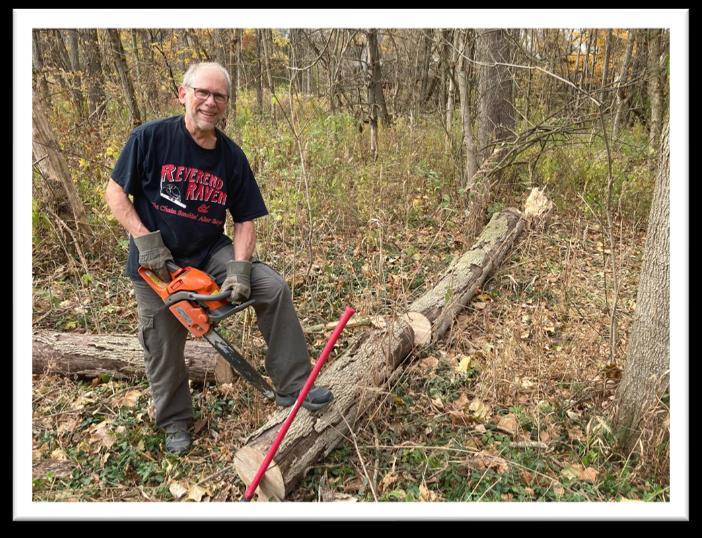
A dragonfly is a flying insect. About 3,000 extant species of true dragonfly are known. Most are tropical, with fewer species in temperate regions. Loss of wetland habitat threatens dragonfly populations around the world. Adult dragonflies are characterized by a pair of large, multifaceted compound eyes, two pairs of strong, transparent wings, sometimes with colored patches, and an elongated body. Many dragonflies have brilliant iridescent metallic colors produced by structural coloration, making them conspicuous in flight. An adult dragonfly’s compound eyes have nearly 24,000 ommatidia each. Dragonflies can be mistaken for the closely related damselflies, which make up the other odonatan infraorder and are similar in body plan though usually lighter in build; however, the wings of most dragonflies are held flat and away from the body, while damselflies hold their wings folded at rest, along or above the abdomen. Dragonflies are agile fliers, while damselflies have a weaker, fluttery flight
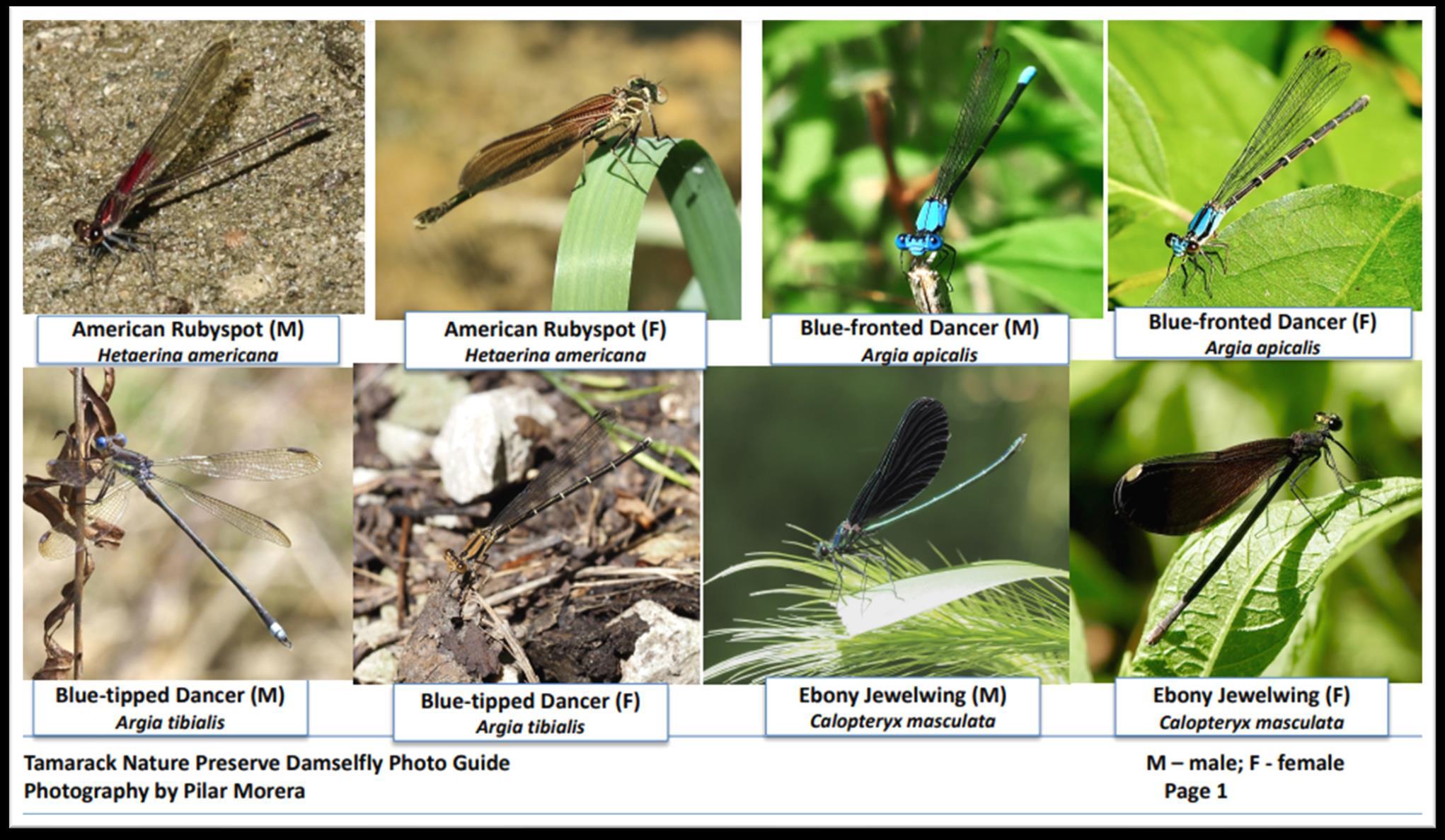
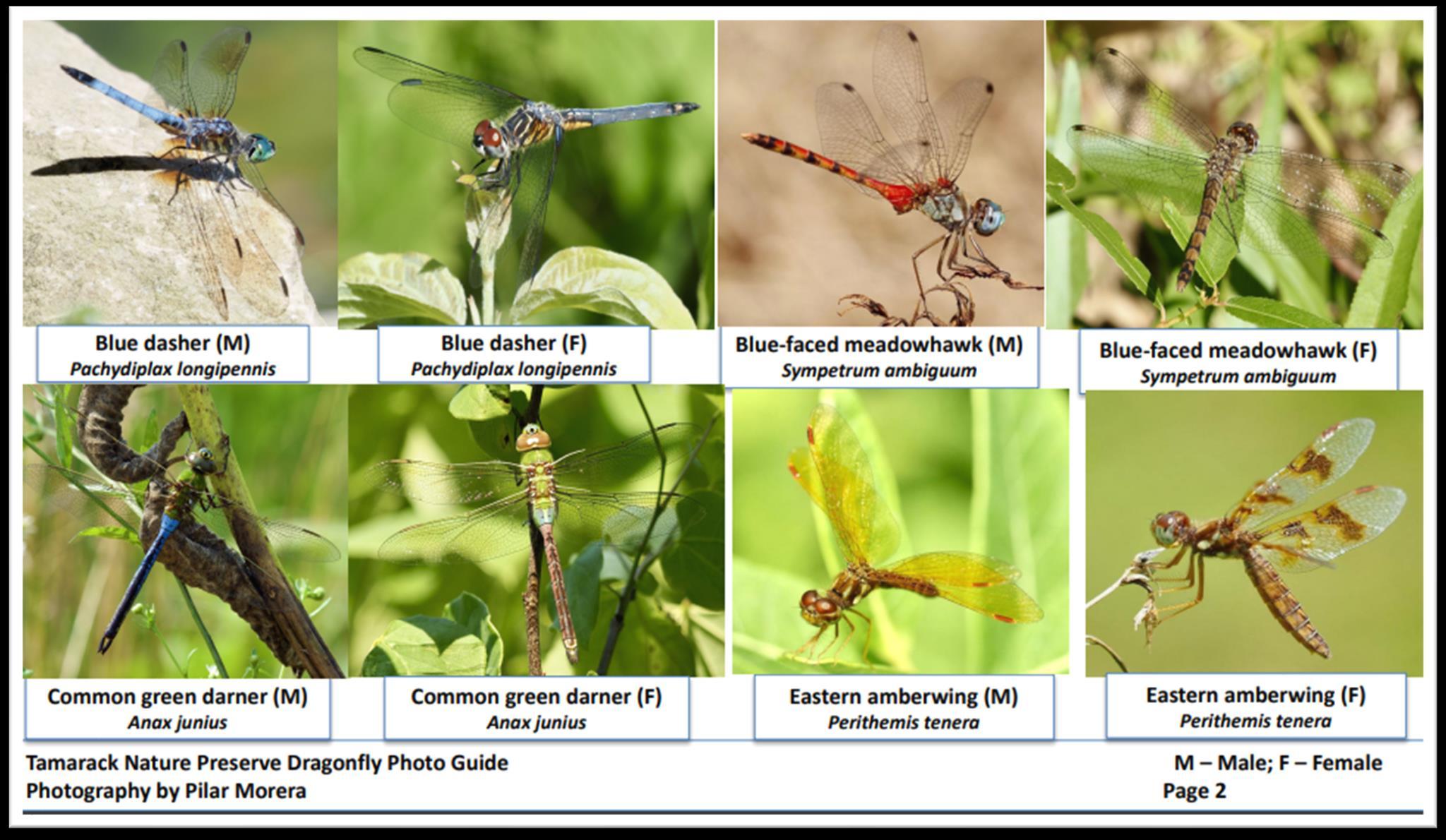
Damselflies are flying insects.. They are similar to dragonflies, which constitute the other odonatan suborder, Anisoptera, but are smaller and have slimmer bodies. Most species fold the wings along the body when at rest, unlike dragonflies which hold the wings flat and away from the body. An ancient group, damselflies have existed since at least the Lower Permian, and are found on every continent except Antarctica. All damselflies are predatory insects; both nymphs and adults actively hunt and eat other insects. The nymphs are aquatic, with different species living in a variety of freshwater habitats including acidic bogs, ponds, lakes and rivers. The nymphs molt repeatedly, at the last molt climbing out of the water to undergo metamorphosis. The skin splits down the back, they emerge and inflate their wings and abdomen to gain their adult form. Their presence on a body of water indicates that it is relatively unpolluted, but their dependence on freshwater makes them vulnerable to damage to their wetland habitats
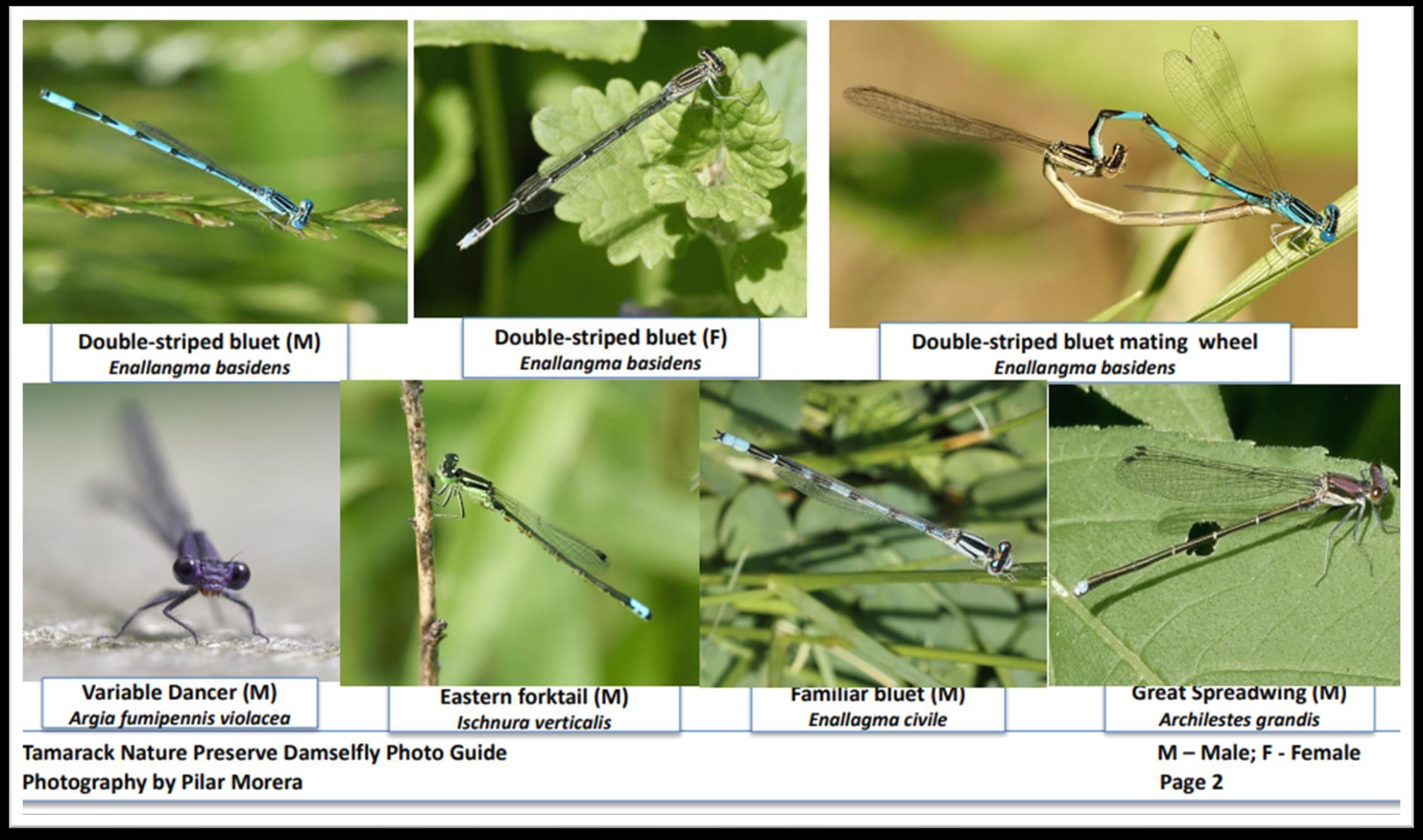
Damselflies

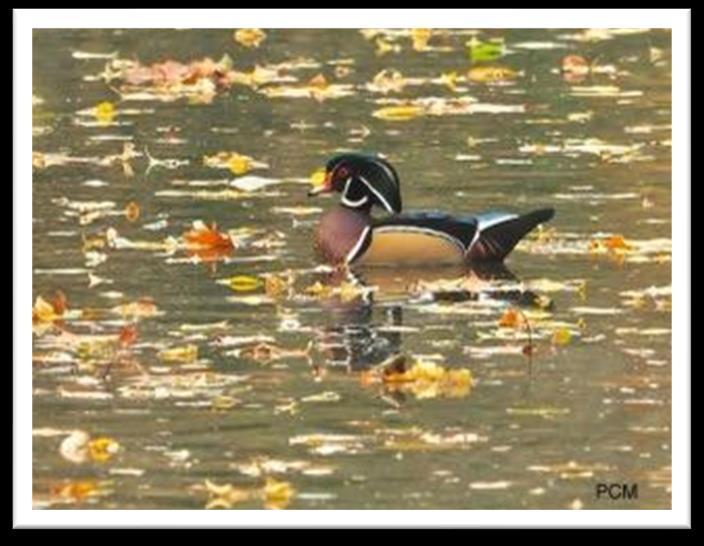

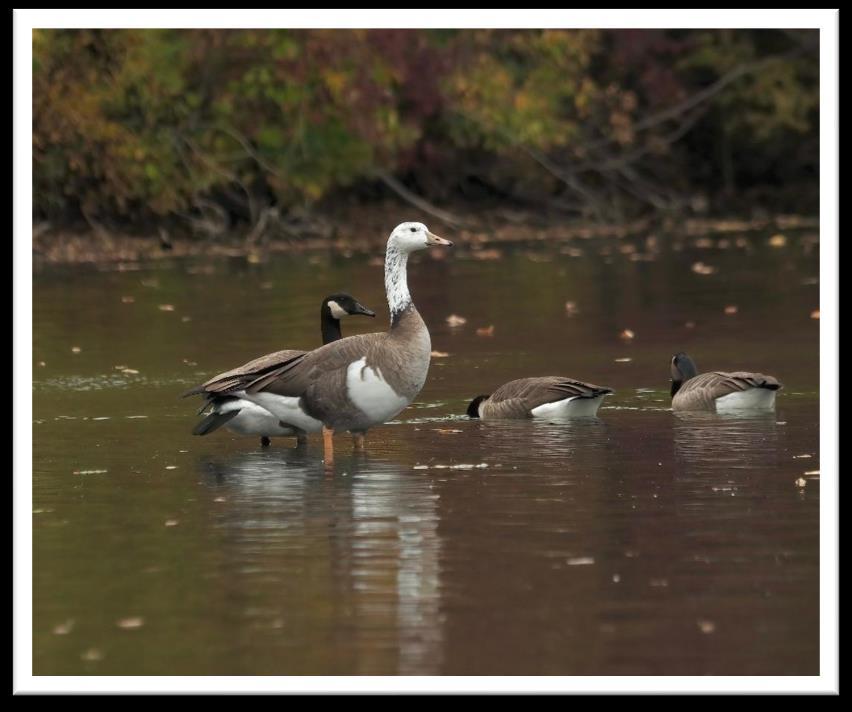
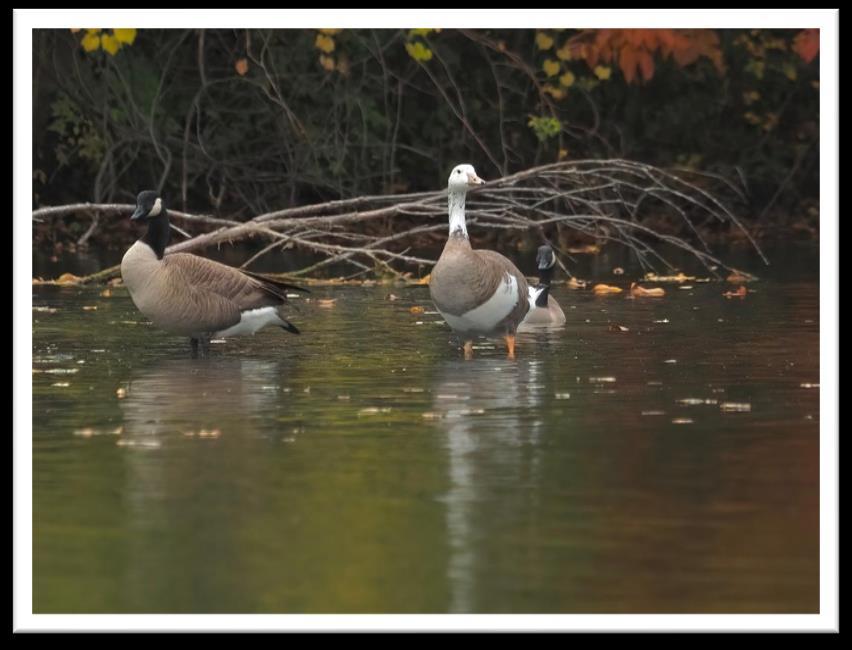
Tamarack Recreation Corporation
Serving Tamarack Seventeen and Springmill Lakes at Tamarack 26th Edition, April 1, 2023
BREAKING NEWS!
Caught on preserve trail camera -- Big Foot Chases Resident!!


Thank goodness for well-placed trail cameras in our Nature Preserve! "No one believed me until Greg finally checked the trail camera", said Bernie who had the surprise of his life while innocently strolling thru the woods one early Spring day. Hikers are hereby advised to be aware of their surroundings when in the Nature Preserve, and hiking should be limited only to those willing to assume responsibility for their own safety. On a side note, it is believed that Bernie's sprint to safety across the boardwalk is likely to have set a record for quickest exit of the Nature Preserve ever made by a resident.
Saturday, April 22nd, 1 pm.
Join your neighbors and guests for our annual wildflower walking tour led by Norma Wallman, a thor of Wildflo ers of Holida Park




Our nature preserve spring wildflowers are included in this newsletter starting on page 4. Norma and Sally ready to celebrate Earth Day. April 22 nd .
VOLUNTEER DAY
Garlic Mustard pull will be scheduled in late April or early May
KEEP OUR PRESERVE CLEAN
Pets are welcome in the nature preserve if they are on a leash and leave no signs of their deposits remain. Pick up the deposits, bag and REMOVE FROM THE PRESERVE



Nature Preserve Photo Guides
have been returned to their location at the preserve entrance message center. These photo guides display many flowers, birds and other creatures located in our preserve

Thanks to the wonderful photos by Pilar Morea and editing by Betty Yan



Tamarack Tree Update
Remember when we planted the small Tamarack seedlings last April? We were very careful to fence off the plants to protect them from critters feasting on our little trees. Well, the deer figured it out and we have now installed major fencing around our little babies to discourage further damage.
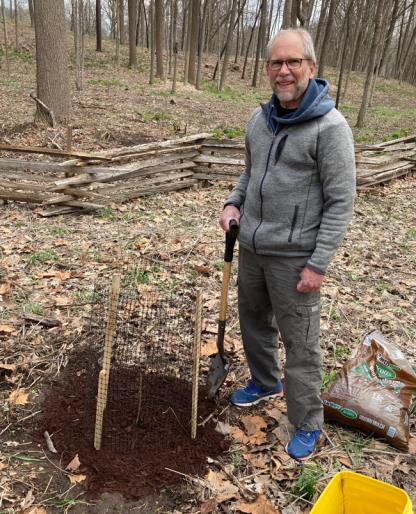




Boston Marathoner Sets New Personal Record!
In February, Nature Preserve President, Greg Harker celebrated a big milestone. He accomplished his goal of running the equivalent of the circumference of the earth. That is 24,901 miles! He crossed the finish line hand in hand with his granddaughters. Greg has been a lifelong runner and even ran the Boston marathon in 1984. Congratulations Greg!

Tamarack Nature Preserve establishes a private YouTube account
In order to share more preserve information, we can now post nature preserve videos on YouTube for the exclusive use of our membership. To view the latest slide presentation created by our photographer extraordinaire Pilar Morera, click on this link: https://youtu.be/OJ4x0rANQOI
To get a full screen presentation, click on the box at the lower righthand corner and ENJOY!




Early Spring Flowers
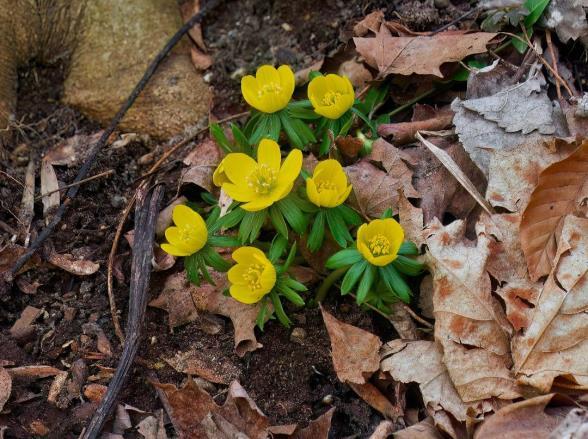




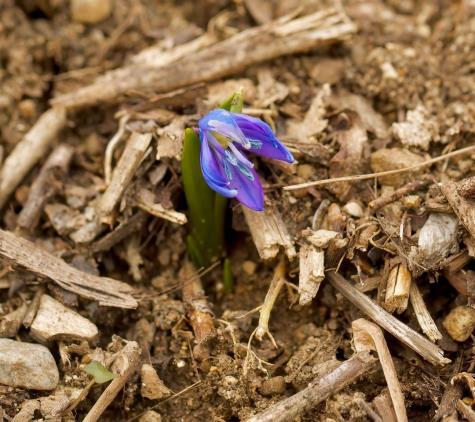

Winter Aconites


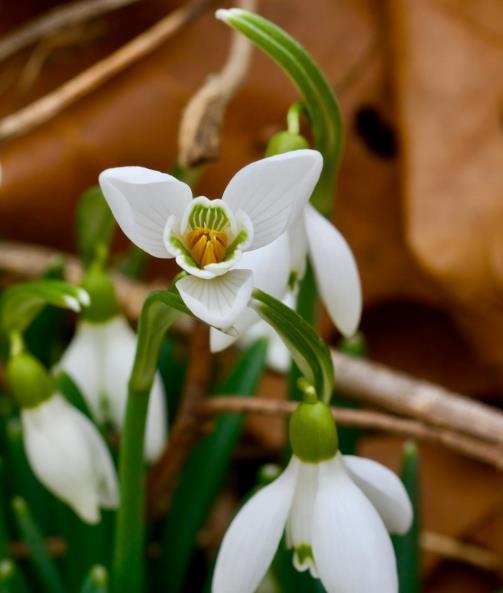

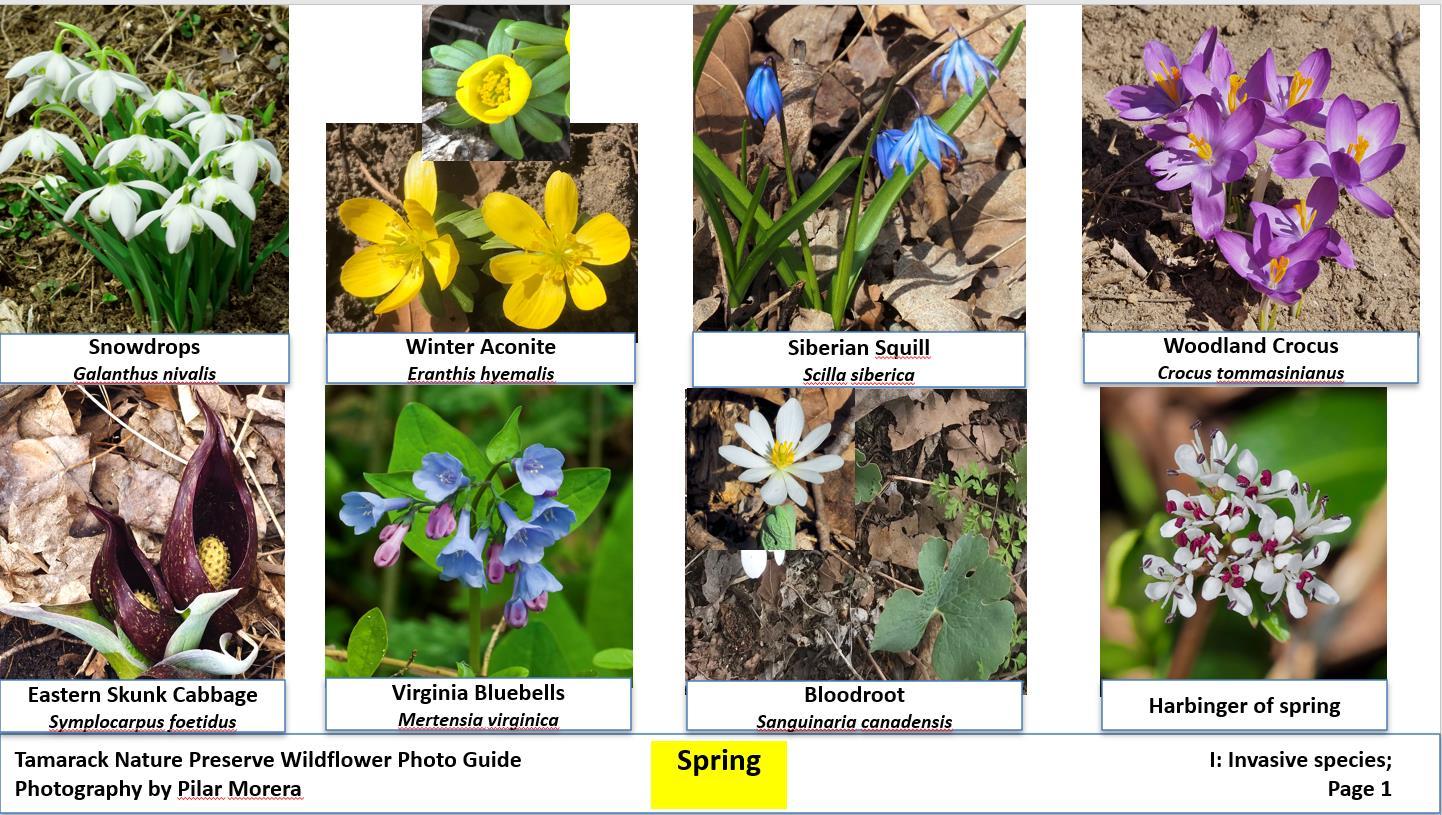





April 1, 2023

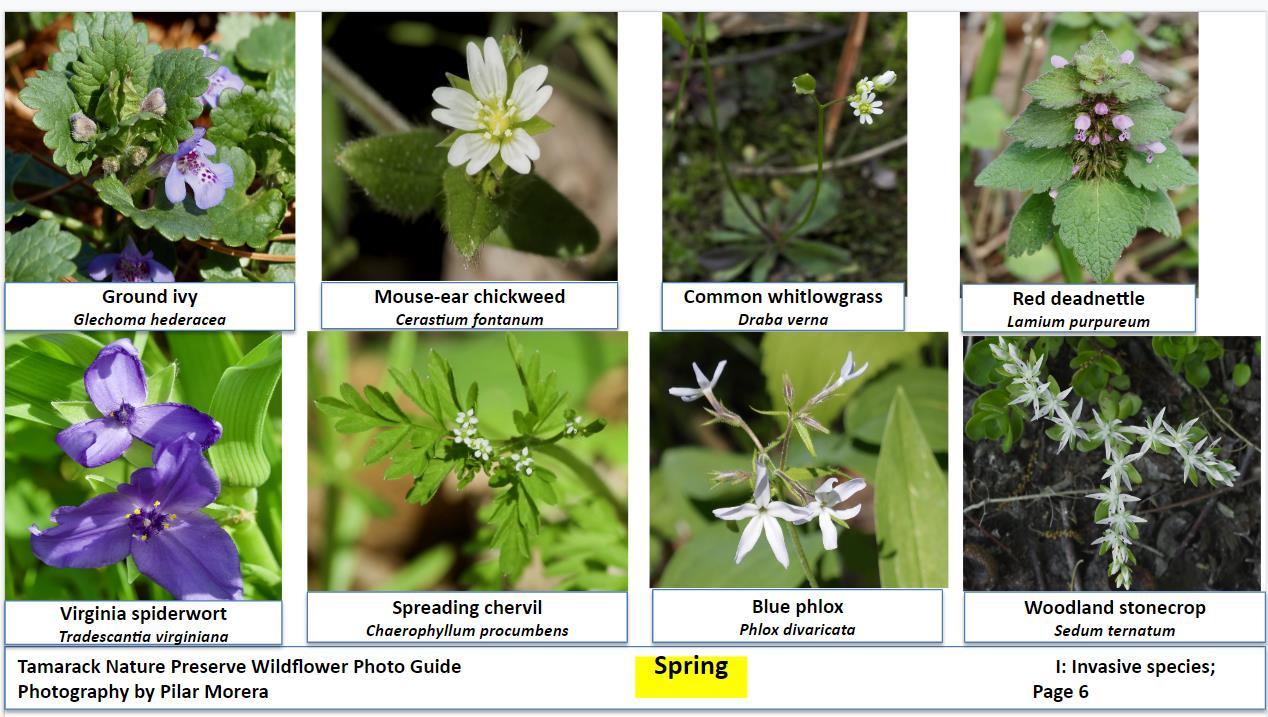
Tamarack Nature Preserve
Serving Tamarack Seventeen and Springmill Lakes at Tamarack
29th Edition August 6, 2023

Tim Wright Concert—
Close to 100 neighbors and friends gathered at the entrance to the Nature Preserve on July 19 to enjoy music performed by Tim Wright, formerly of the Wright Brothers Band. Being a lifelong musician, Tim played a variety of songs and told humorous stories about his experiences growing up in French Lick, moving to Indianapolis and Fishers when it was a very small town, then to Carmel where he still resides. The weather made for a pleasant summer evening of outdoor music. Thanks to all who attended and for the generous donations that were made to the Nature Preserve at the concert and days afterwards. The leadership of the Nature Preserve appreciates the financial support and all the wonderful comments about hosting this concert in our neighborhood . We all had a great evening of music. The success of this concert is likely to lead to others in the future.
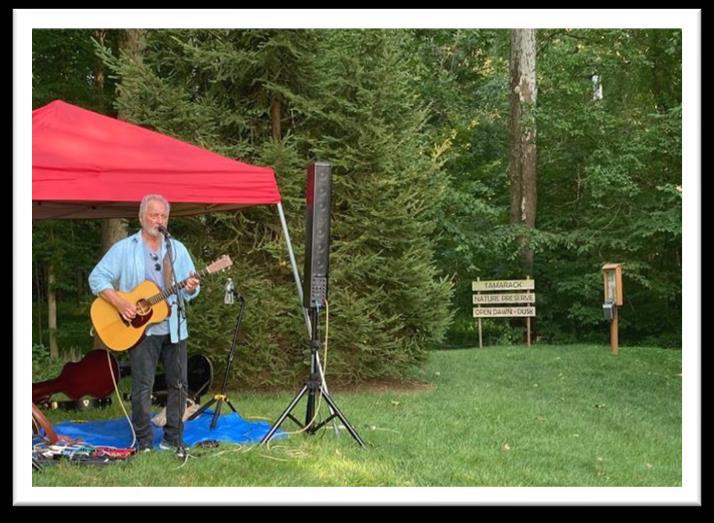


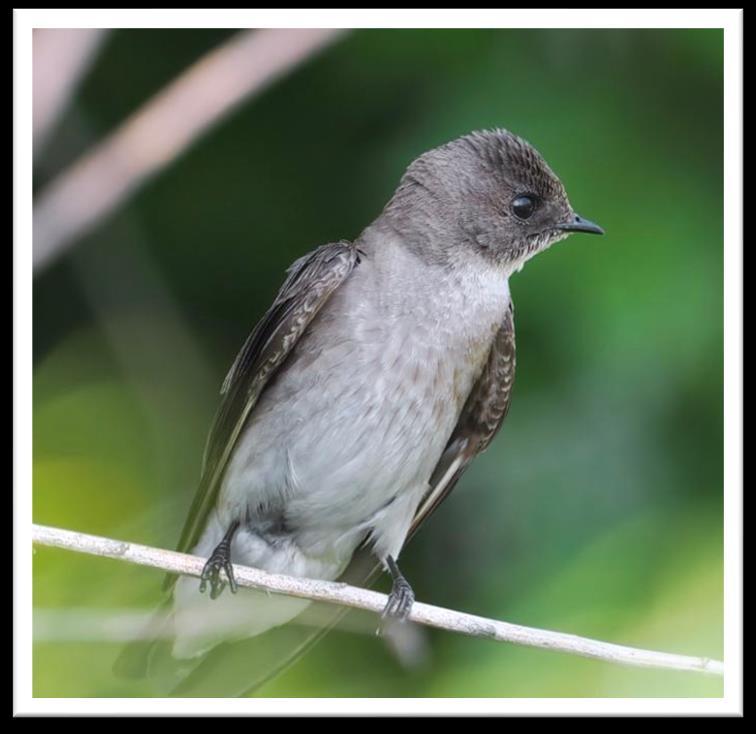




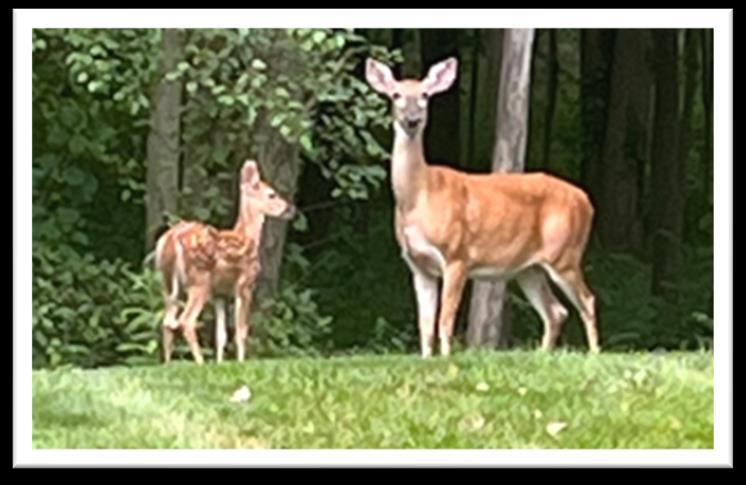
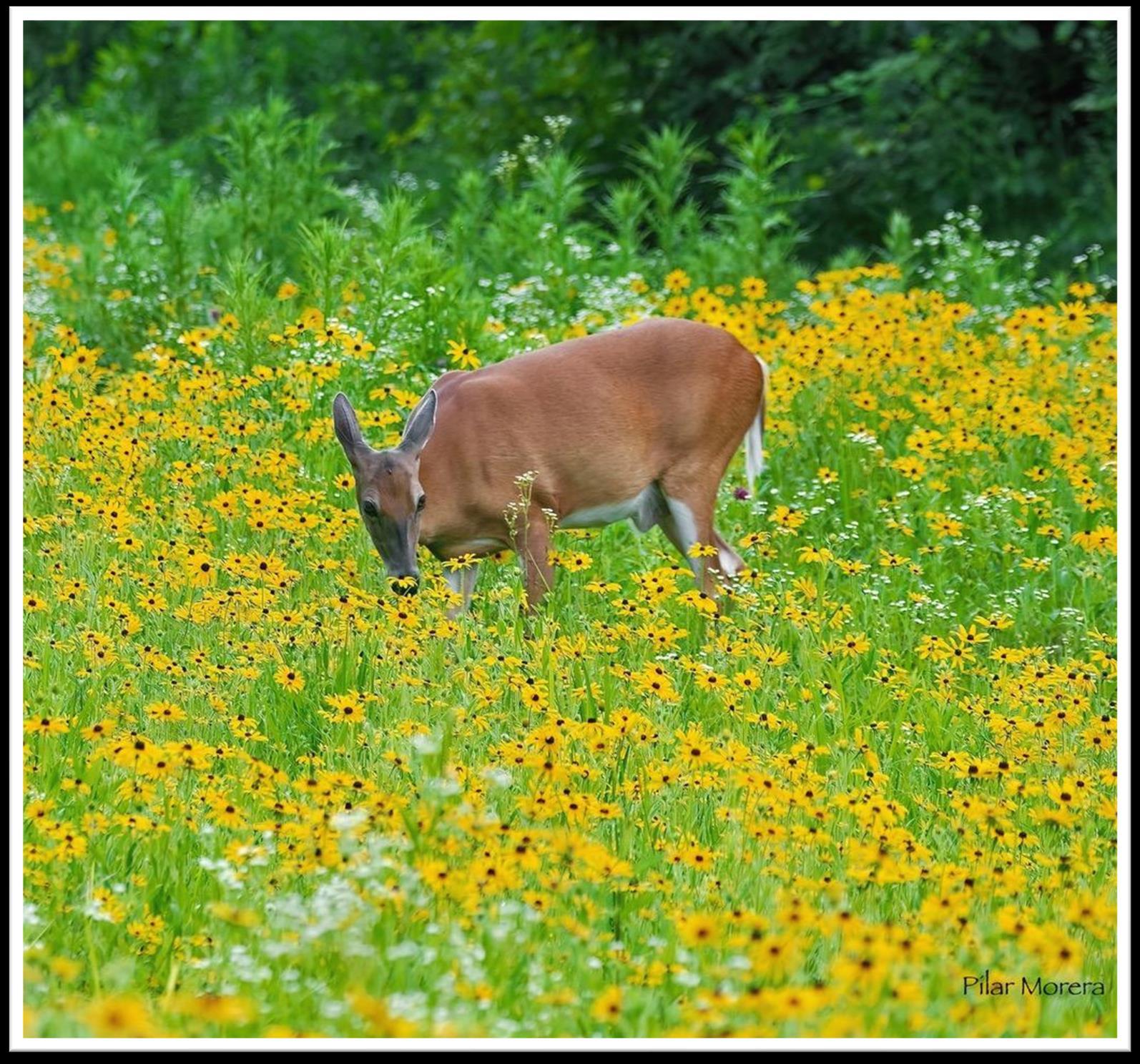

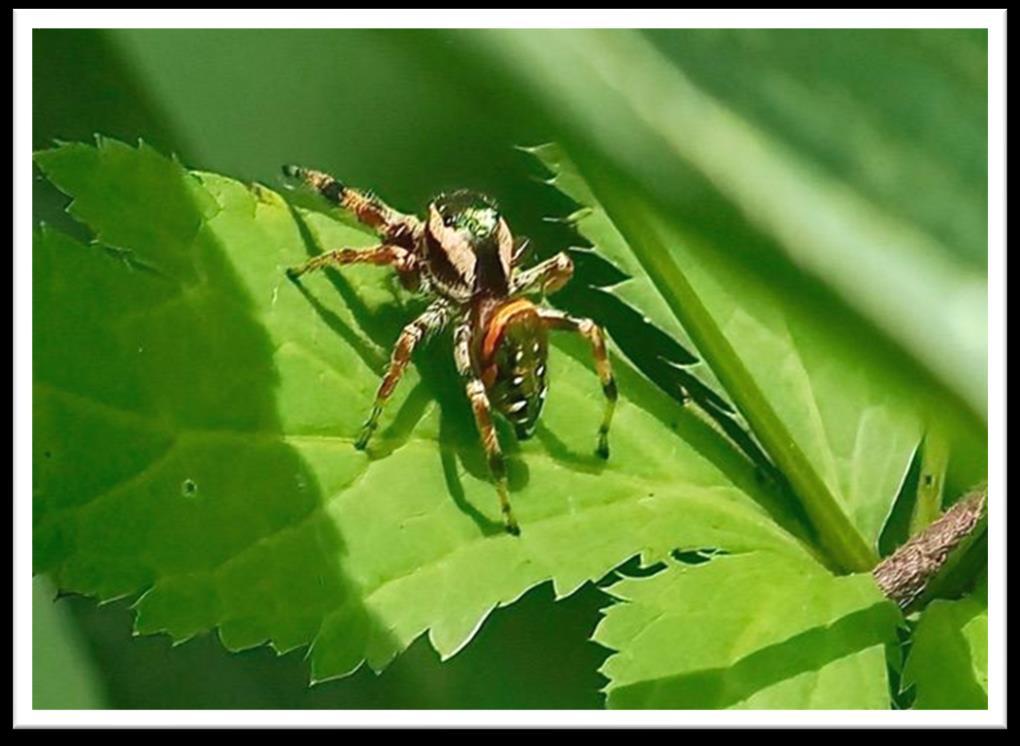


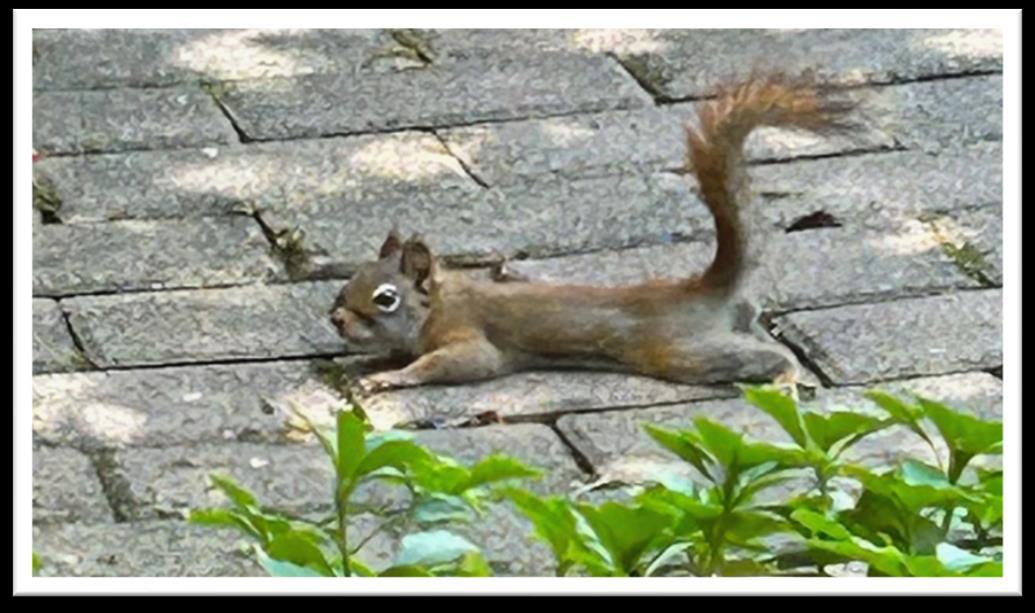
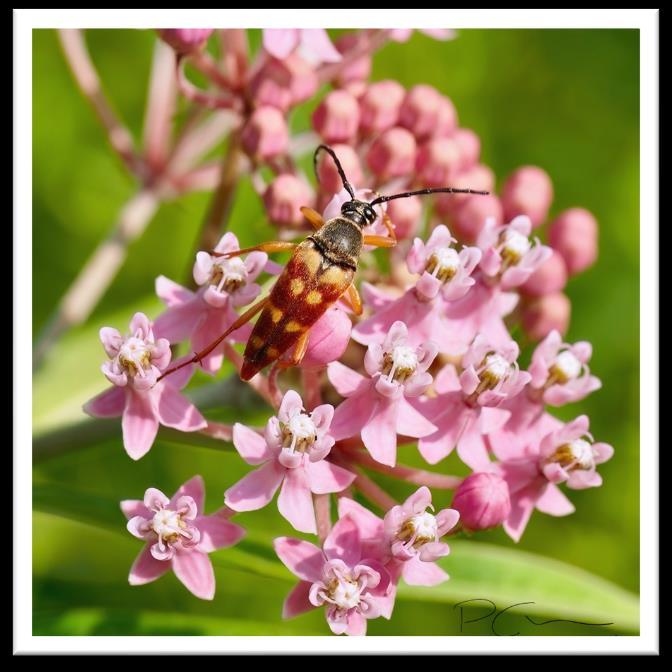
As climate change is making extreme heat events more common, these bright-eyed and bushy-tailed critters are "splooting" to cope. Splooting is a behavior some animals use to cool their body temperature. Squirrels are finding cool surfaces and lying on their stomachs, legs spread, to cool off. When humans are hot, sweating cools us down. But animals that can't sweat have to resort to other behaviors to cool off. Dogs pant. Birds dunk themselves in water. and squirrels sploot.

Don Willing
as nature preserve board member. During his years of service Don has fostered strong preserve stewardship and a positive influence on maintaining the integrity. of our preserve.
Thank you, Don!

A Tale of the Yellow Trillium (
Trillium luteum) in our Tamarack Nature Preserve
by Betty Yan
In spring of 2020, our nature preserve provided a blessed outdoor walking activity during the COVID pandemic. I was able to explored the wildflowers there with some of our neighbors. I knew very little about Indiana wildflowers and was just learning how to use iNaturalist, a free online website for the identification of wildlife with photos. Both our neighbors Greg Harker and Pilar Morera showed me a yellow-colored trillium in our nature preserve in March 2020. I posted some photos of the yellow-colored trilliums to iNaturalist and the plant was identified as a Yellow Trillium (Trillium luteum): www.inaturalist.org/observations/107899292 ; www.inaturalist.org/observations/73867741). A couple of top trillium identifiers commented immediately that Indiana is not the native range for this species of trillium. They questioned whether someone planted the Yellow Trillium in our nature preserve or if it was a ga den e cape . Alternatively, our yellow-colored trillium could be a rare mutated version of Toadshade (Trillium sessile) a common trillium native to Indiana a Toadshade normally has red/burgundy-colored flowers, but has been found in rare incidence, to have yellow-colored flowers. We don believe that anyone here in the neighborhood planted the Yellow Trillium in our preserve, which are in a small cluster in the woodland area, its preferred habitat.
A neighbor has observed the presence of the yellowcolored trilliums in our preserve for more than 10 years and were seen during the last four springs. But we can't rule out that earlier property owners in the area might have planted some at one time.
The native range of the Yellow Trillium is in the southern Appalachian Mountains, from northern Georgia through eastern Tennessee to western North Carolina as well as portions of southern Kentucky (Reference #1).
Four of the five trilliums (see photos) native to Central Indiana are present in our nature preserve. The four are: Toadshade (Trillium sessile), Prairie Trillium (Trillium recurvatum), Drooping Wakerobin (Trillium flexipes) and the Large White Trillium (Trillium grandiflorum). The rare Snow Trillium (Trillium nivale) has not yet been sighted.
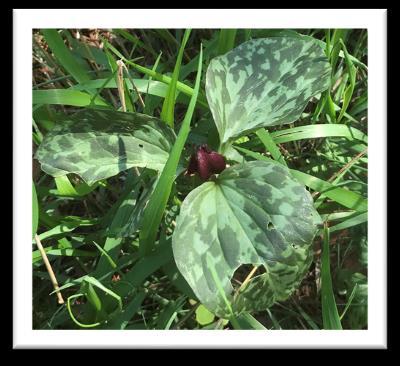

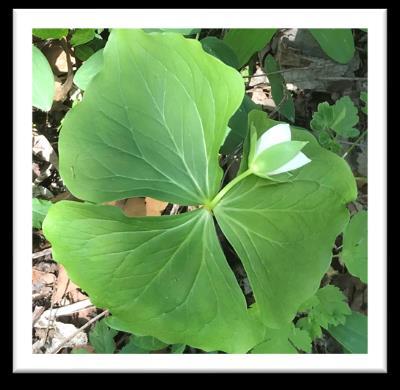

Our 2023 spring wildflower nature preserve walk this year was guided by Norma Wallman, an Indianapolis wildflower expert. Norma made the same comments to us about the identity of our Yellow Trillium plants. She suggested that we should try to resolve the question whether the yellow-colored trillium in our nature preserve is truly a Yellow Trillium (Trillium luteum) or a mutated version of the Toadshade (Trillium sessile).
In discussing the suggestion from Norma Wallman with Nancy Snively, our neighbor who is a master gardener, she graciously agreed to reach out to her contact at the Plant and Pest diagnostic lab at Purdue University to see what can be done.
As it turned out, by sending a couple of the yellow-colored trillium plants to the Purdue lab, with a small fee ($11), they can try to see if they can answer our questions by morphological examination. If they are unable to identify the plant by morphology, they can submit a sample to the Plant and Pest diagnostic lab at the University of Utah, for identification molecularly, using DNA barcoding (see Reference #2 for a brief description of DNA barcode at the Smithsonian website), for a small fee of $30.
With permission from members of the Tamarack Nature Preserve board, two yellow-colored trillium plants were excavated by Nancy Snively and Greg Harker (see photo) from our preserve and submitted to the Purdue lab in late April 2023. The Purdue lab was not able to confirm the identity of the plant morphologically. A sample was subsequently submitted to the lab at the University of Utah on May 10. We received a report back on May 17.
There are about 50 species of trillium worldwide, with the majority of them (about 40 species) native to north America (Reference #1). Using DNA barcoding, the plant from our preserve matched with five trillium species. These are Trillium chloropetalum, Trillium lancifolium, Trillium luteum (Yellow trillium), Trillium petiolatum, and Trillium recurvatum. T. lancifolium, T. recurvatum, T. chloropetalum and T. petiolatum have red to purple flowers and are morphologically very different from the

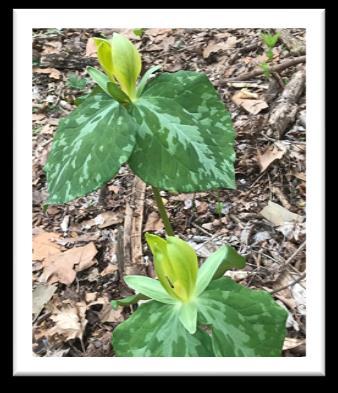
Betty Yan, along with Nancy Snively and Greg Harker excavated two Yellow trilliums for shipping to Plant Diagnostics Lab at Purdue University
. Yellow Trillium (Trillium luteum). Based on morphology (plant height, flower color), and DNA sequencing results provided by the Utah lab, it is unlikely that our plant is a mutated Toadshade (T. sessile). Our yellow-colored trillium plant is most likely a Yellow Trillium (T. luteum), a garden escape.
Trilliums can be propagated via seeds formed from fruits after flowering. Seeds from trillium planted in a garden can be spread such as via flood water. This might be how the Yellow Trilliums in our nature preserve come about, via an escape from a garden.
Trilliums have long been known and valued for their medicinal uses. A common name for trillium is ‘Birth root’. Historically, trilliums were used for women during and after childbirth, for preventing and mitigating hemorrhages (Reference #1). As trilliums are among about 2000 species of plants native to north America known for their medicinal values, a couple of international/national conservation groups (Reference #1) have included the trilliums under their charters, for evaluating long term strategies for the preservation of these plants. Trillium plants can be cultivated from their seeds. However, it is a much more tedious and time-consuming process. Thus, even though harvesting trillium plants for herbal medicine manufacturing is illegal, it is unfortunately still happened. Trillium population is not well studied. It is under pressure from among many factors, such as habitat destruction (woodlands) due to logging, harvesting for herbal medicine and herbivory by overabundance of White-tailed deer (Reference #1). We are very privileged to have five different species of trilliums in our nature preserve.
References
1. A very informative booklet published online in 2022 about trilliums native to North America for those who are interested in reading more about them. https://issuu.com/mtcuba/docs/the_conservation_status_o f_trillium_in_north_ameri?e=43224013/92008195
2. There is a nice brief description of DNA barcoding for plant identification at the website of The Smithsonian National Museum of Natural History https://naturalhistory.si.edu/research/botany/research/pl ant-dna-barcode-project
Tamarack Nature Preserve Beetles/Bugs Photo Guide
The next 14 pages are photos taken in the nature preserve by Pilar Morera and edited by Betty Yan. These photos along with many other categories are located at the entrance to the nature preserve.
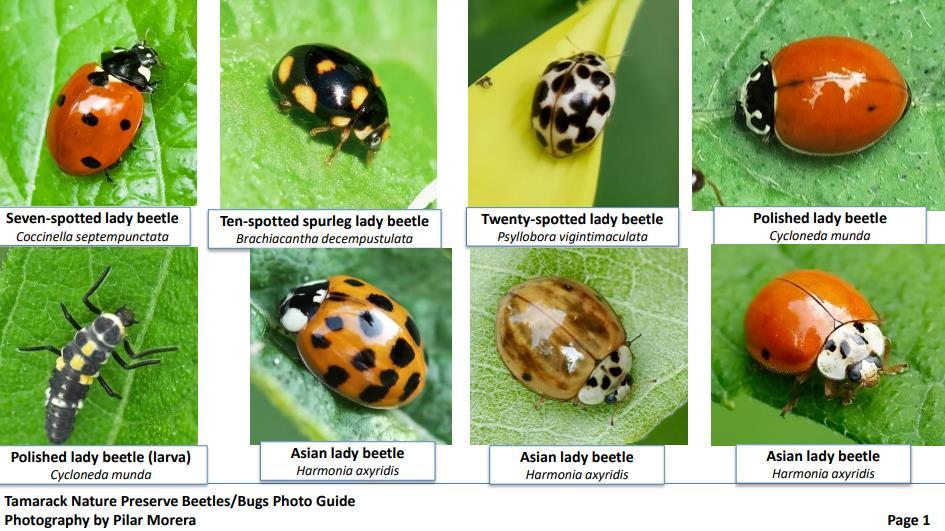



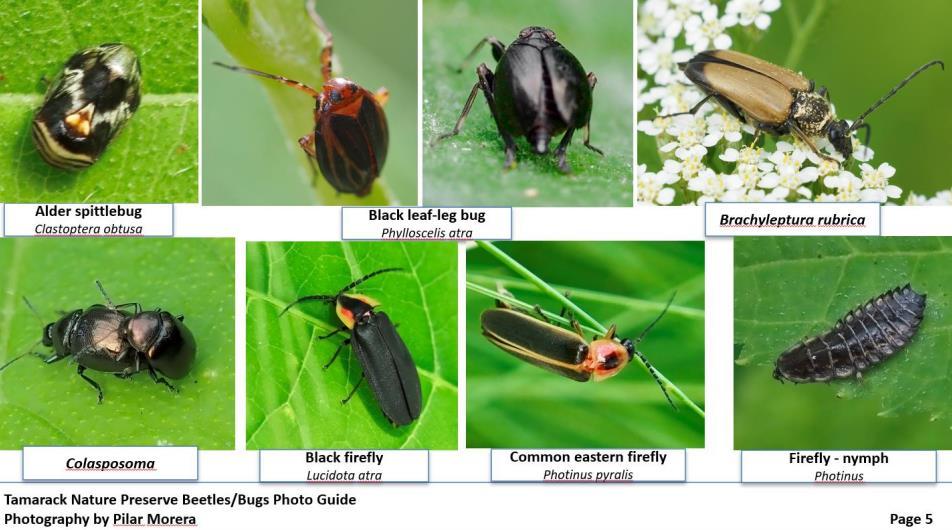
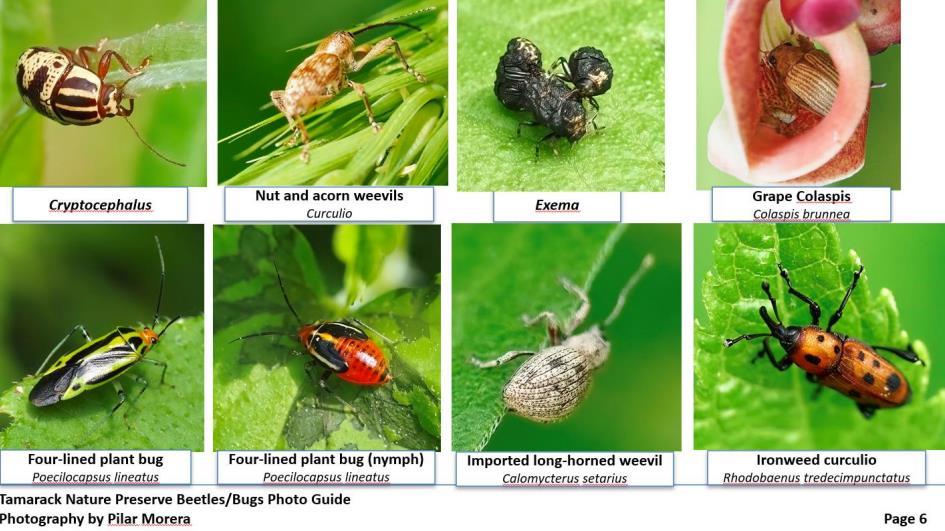

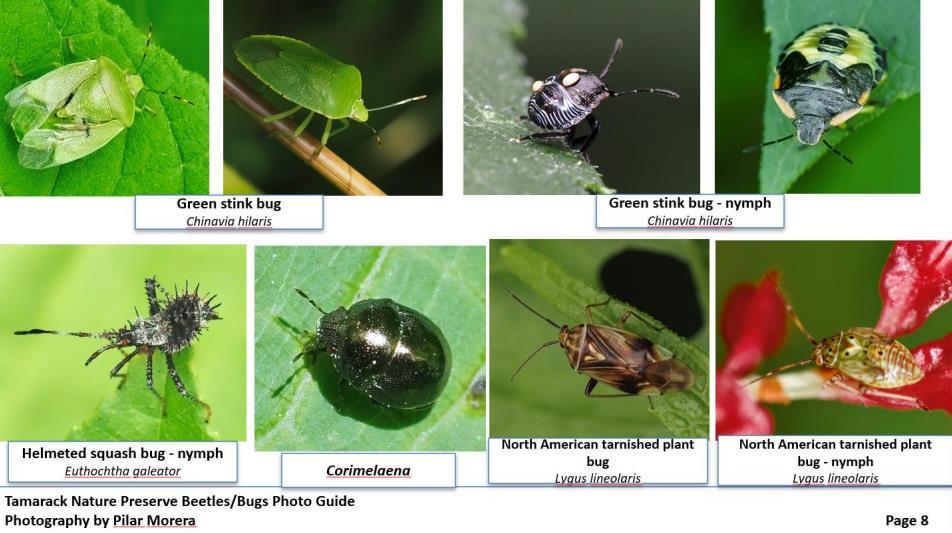
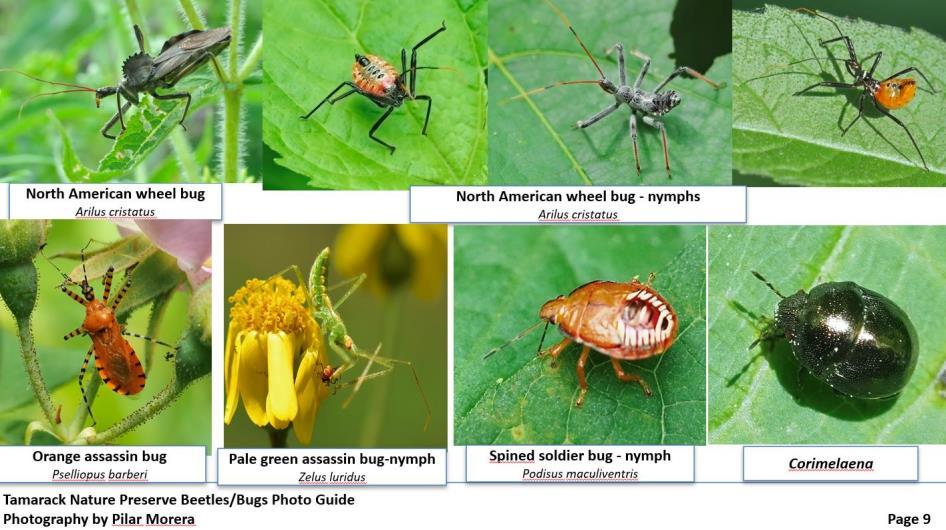



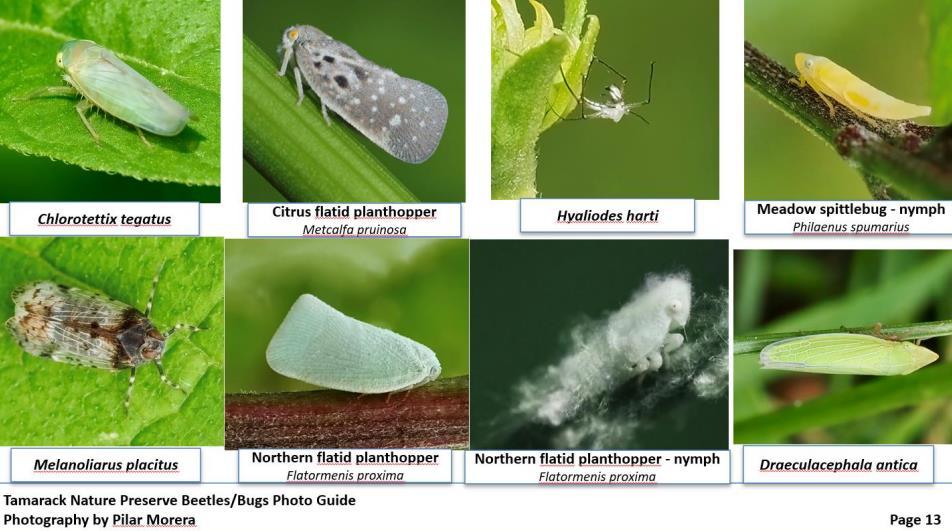

Tamarack Nature Preserve
Serving Tamarack Seventeen and Springmill Lakes at Tamarack 31st Edition, October 8, 2023



Music and Dancing on a Sunday
Afternoon!
Over 70 neighbors and guests enjoyed music provided by the Dave Lowe Trio
The Dave Lowe Trio
Featuring vocals by Val Trimble Percussion by John Trimble and Piano by the man DAVE LOWE.
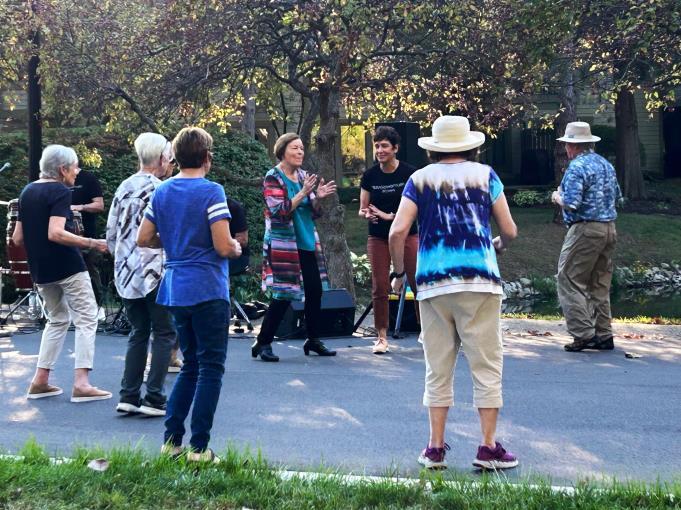
A wide variety of popular music from across the years was presented. It was a very entertaining afternoon.
You can see Dave and his band at Murph s Fl nn s from to pm ever Wednesday night.
5198 Allisonville Rd, Indianapolis https://www.murphyssteakhouse.com/






TAMARACK NATURE PRESERVE is an INDIANA CLASSIFIED FOREST AND WILDLANDS
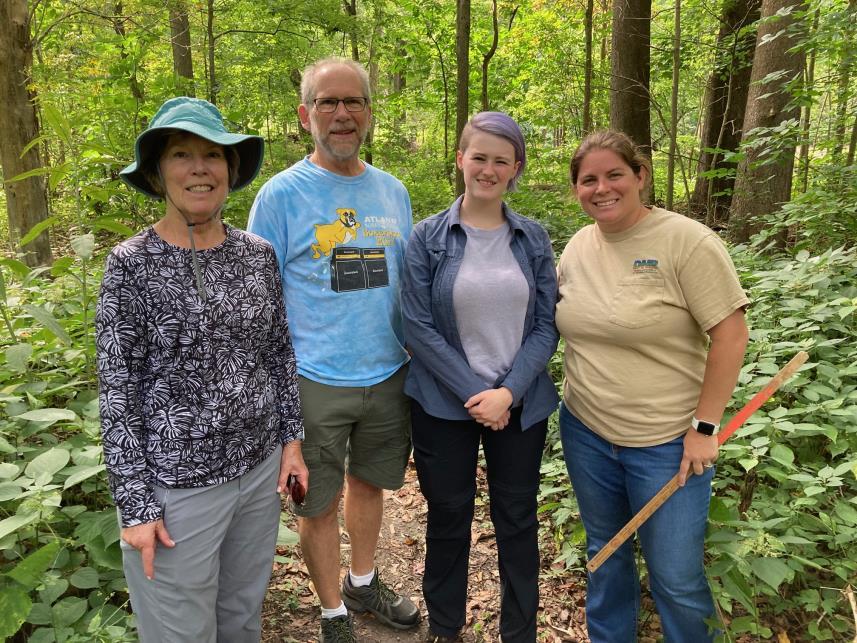

A Classified Forest and Wildlands tract is an area of at least 10.0 contiguous acres of forest or non-forest wildlife habitat where the landowner has agreed (by application) to be a good steward of the land and its natural resources. In return, the State of Indiana agrees to see that the assessed value of the land is significantly reduced and taxed on that preferential assessment. The land is managed for timber production, wildlife habitat, and the protection of watersheds, while conserving other natural resources and values.
The DNR inspects our preserve every 5-7 years. These inspections check to make sure the property still qualifies for the program; i.e., there are no structures on it, no livestock running through the woods, and that it hasn been sold/split/developed. During the walk through the DNR is looking for invasive species, tree health, insect damage, overall composition, and listening to the landowners about what their goals are for the property. Inspection was completed in August.
Drone Video of Our Preserve is Available on YouTube
In May of this year, we enlisted the expertise of Jonathan Starke, an Agronomy major at Purdue University. Jonathan is experienced in making drone videos of farmland and harvesting activities in Rush County. The video is a snapshot of our preserve in he spring ime The ideo alks o do n he trails starting at the entrance. To view the video, click on the YouTube link: https://www.youtube.com/watch?v=uyP1fcV1VP c&feature=youtu.be






Tamarack Nature Preserve Flies Photo Guide
The next 10 pages are photos taken in the nature preserve by Pilar Morera and edited by Betty Yan. These photos along with many other categories are located at the entrance to the nature preserve.
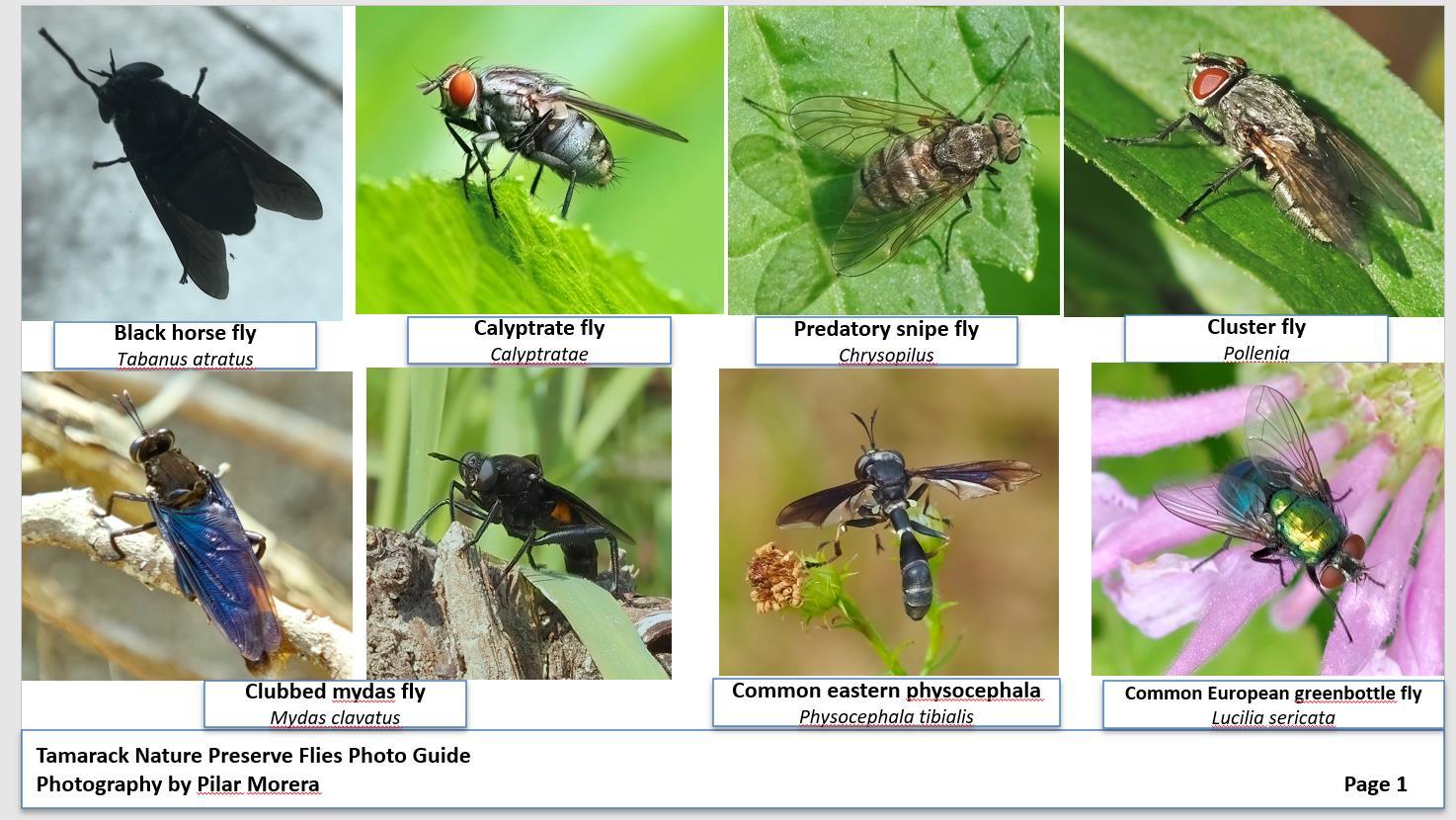
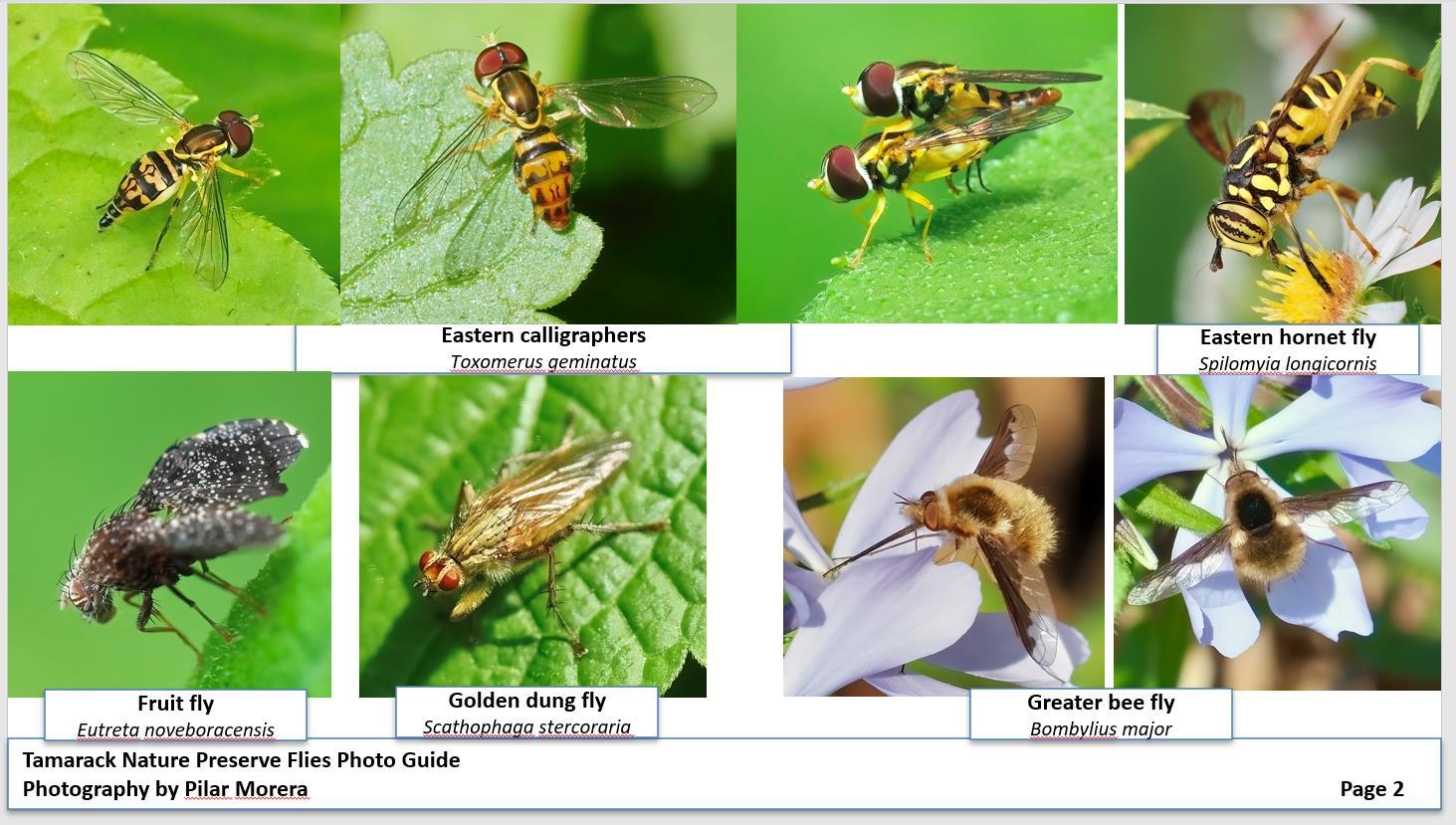

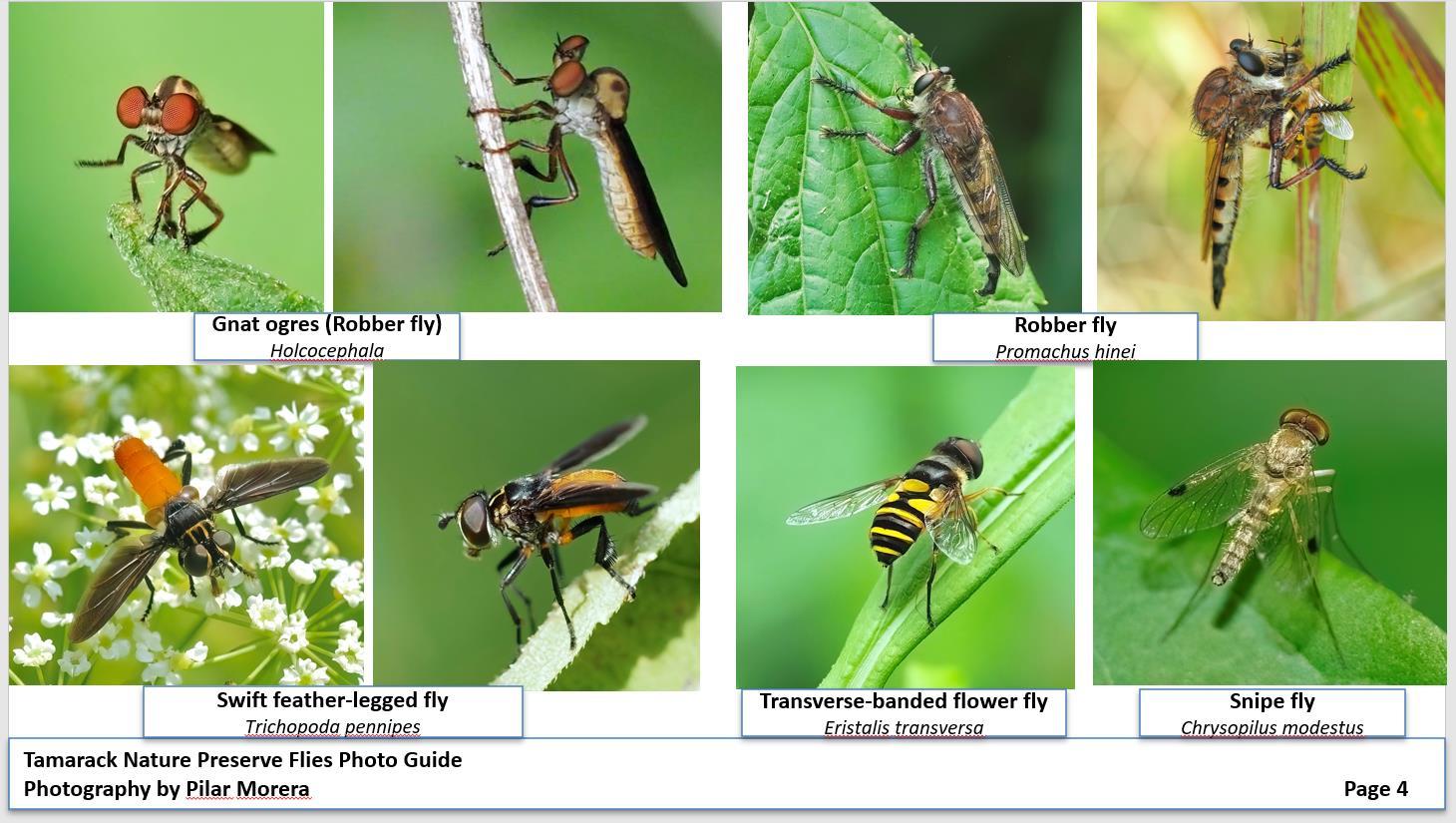
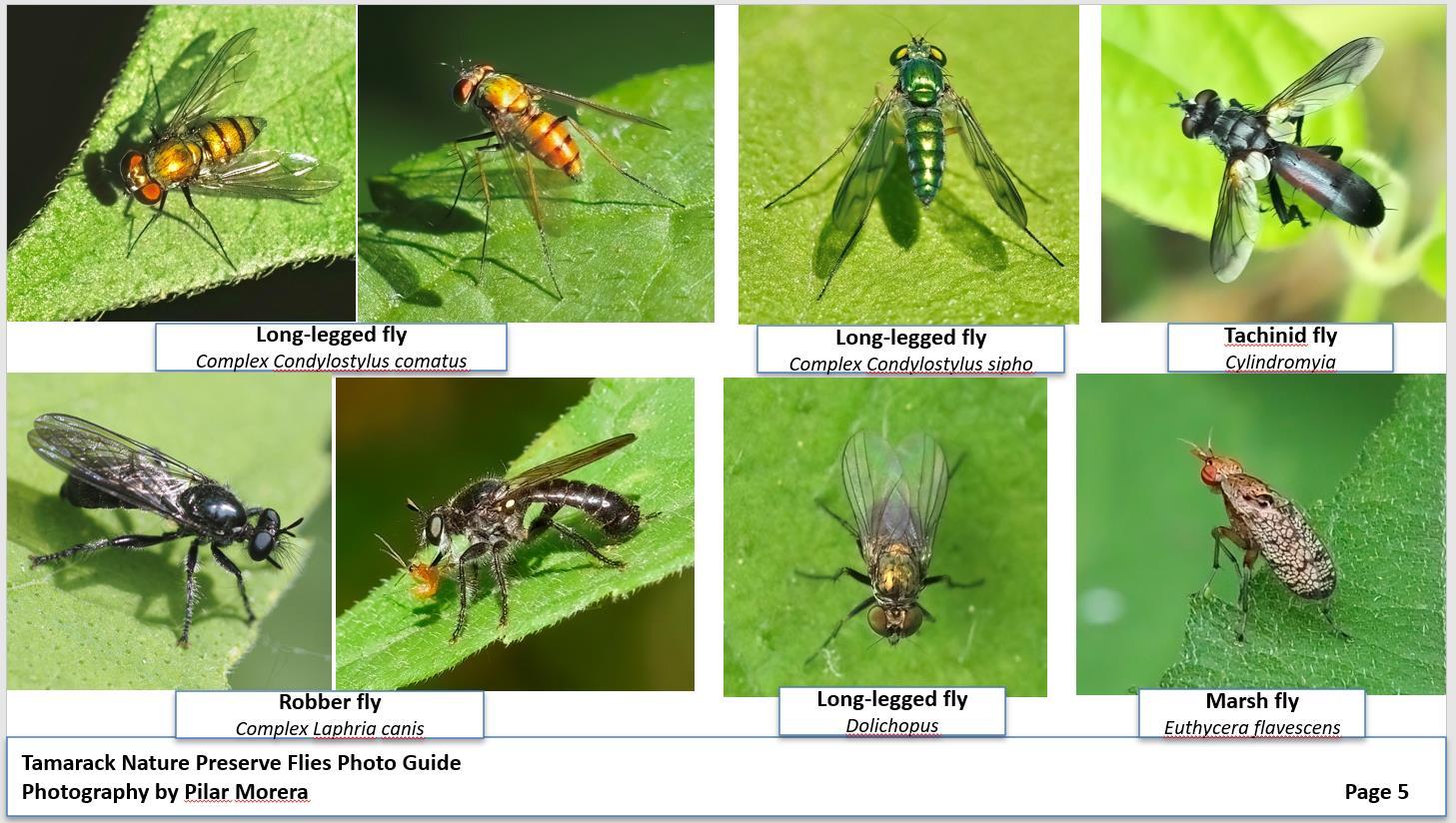


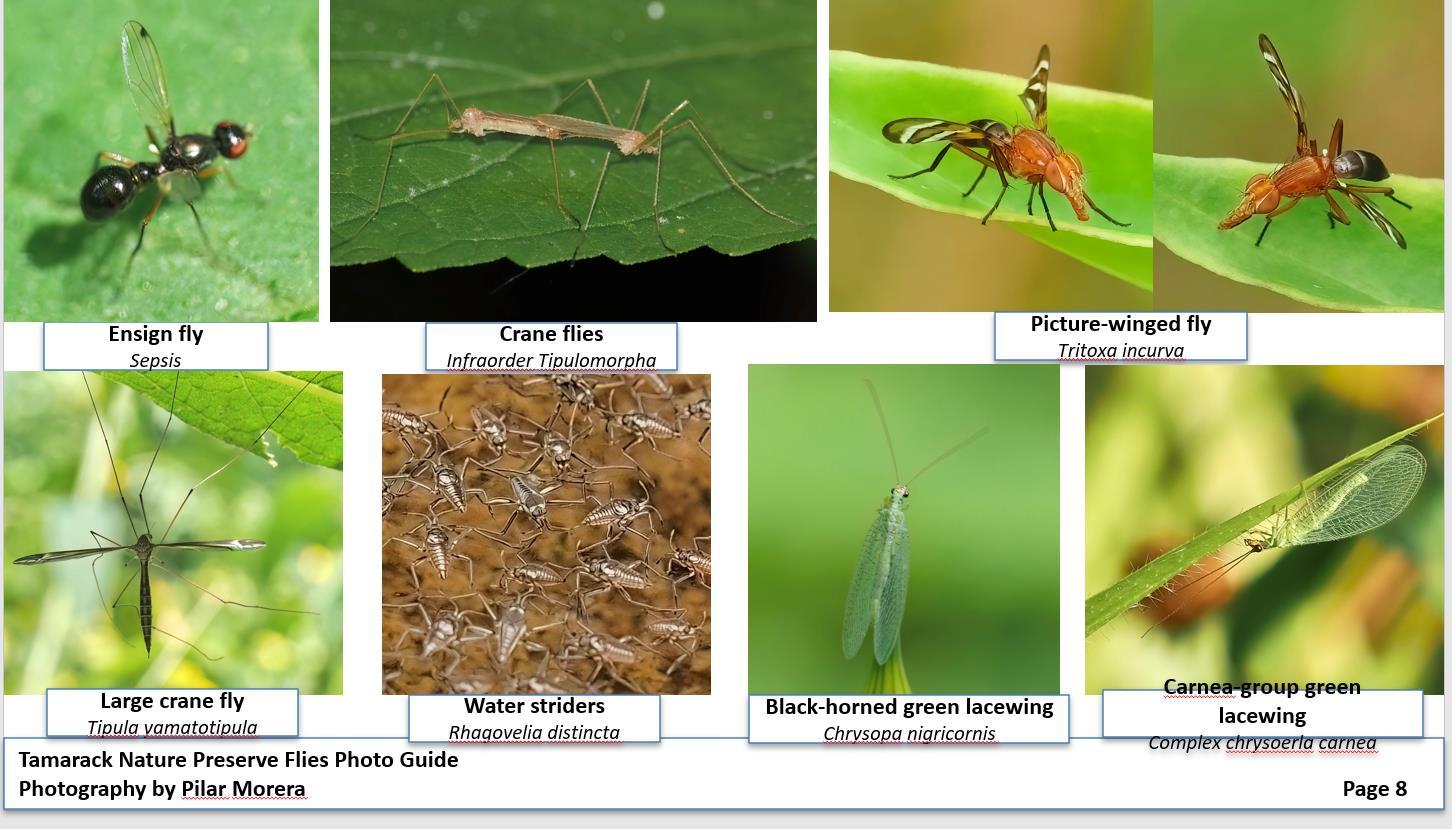

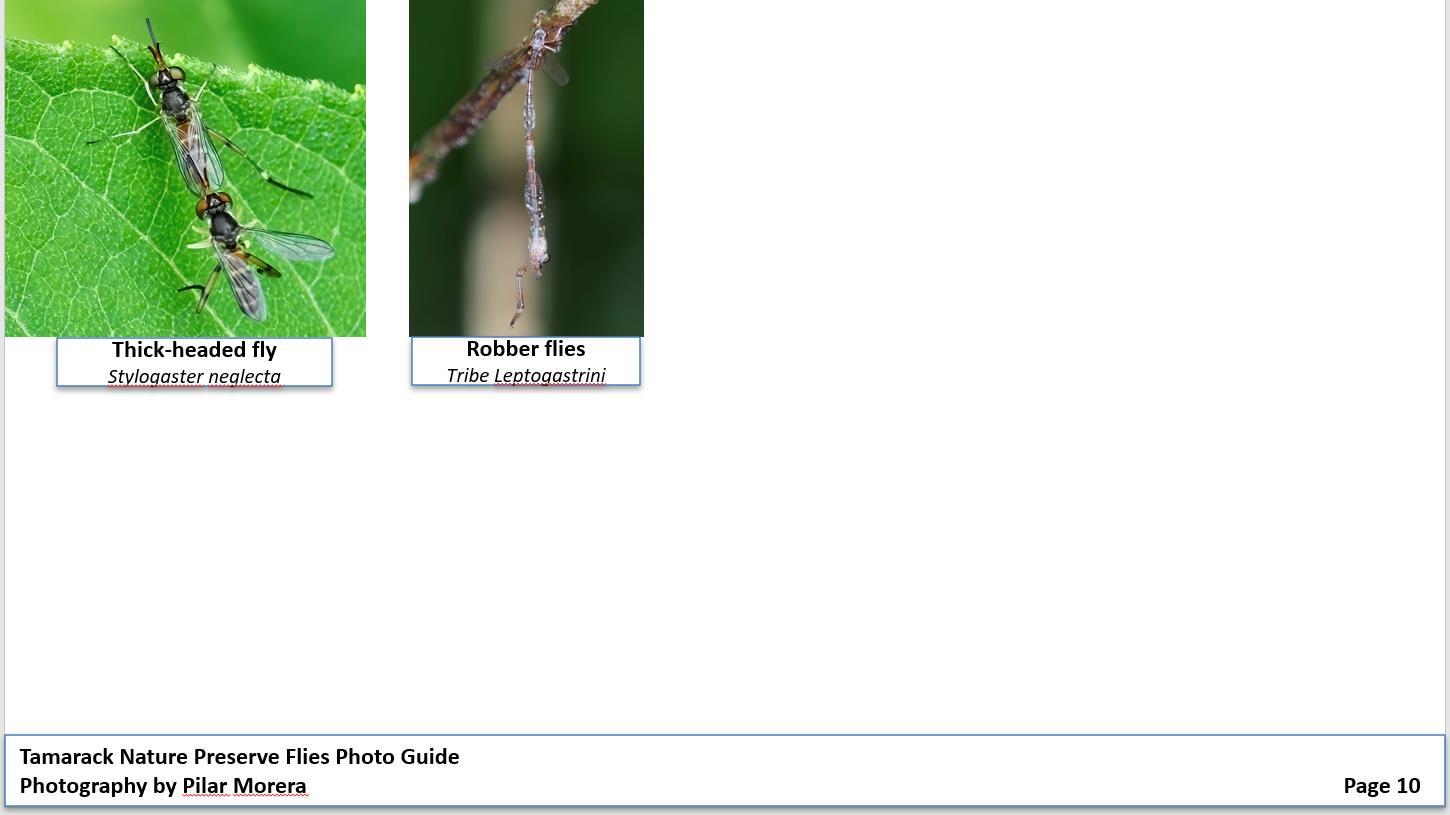
Tamarack Nature Preserve
Serving Tamarack Seventeen and Springmill Lakes at Tamarack
Special Edition—Tagging and Releasing Monarch Butterflies
Tagging of monarchs captured in the wild or raised by volunteers started in the late 1960s to early 1970s led to the discovery of the location of the overwintering grounds of the monarchs in Mexico. In 1992 a largescale community science project was initiated to help understand the dynamics of the monarch's spectacular fall migration to Mexico.
Tagging helps answer questions about the origins of monarchs that reach Mexico, the timing and pace of the migration, mortality during the migration, and changes in geographic distribution . It also shows the probability of reaching Mexico as related to geographic location, size of the butterfly, and the date, particularly as this relates to the migration
The monarch population has been in rapid decline in the last two decades. The tagging and releasing of monarchs is helping us understand the climate change and environmental impact of the migration of the monarchs and may help to bring the monarchs out from the endangered species list.
Monarch eggs are harvested from milkweed plants. Caterpillars hatch from the eggs in 4-5 days, and they are fed with milkweed leaves for about 10-11 days. They then form chrysalises. In about 10-11 days, a monarch butterfly emerges out from the chrysalis.

Three to four hours after the butterfly comes out, their wings were sufficiently dried, and a tag (very small plastic sticker with a unique tag number) is placed in a special location on the hindwing of the butterfly. The butterfly is then released back into the wild




Betty Yan hosted a spectacular demonstration of tagging and

Tamarack Nature Preserve
Serving Tamarack Seventeen and Springmill Lakes at Tamarack
Special Edition—Tagging and Releasing Monarch Butterflies


Twenty Monarch butterflies were tagged and released in five sessions over 9 days.





Over 60 people came to the demonstration of the tagging and releasing process, among them, about 20 were school-aged children

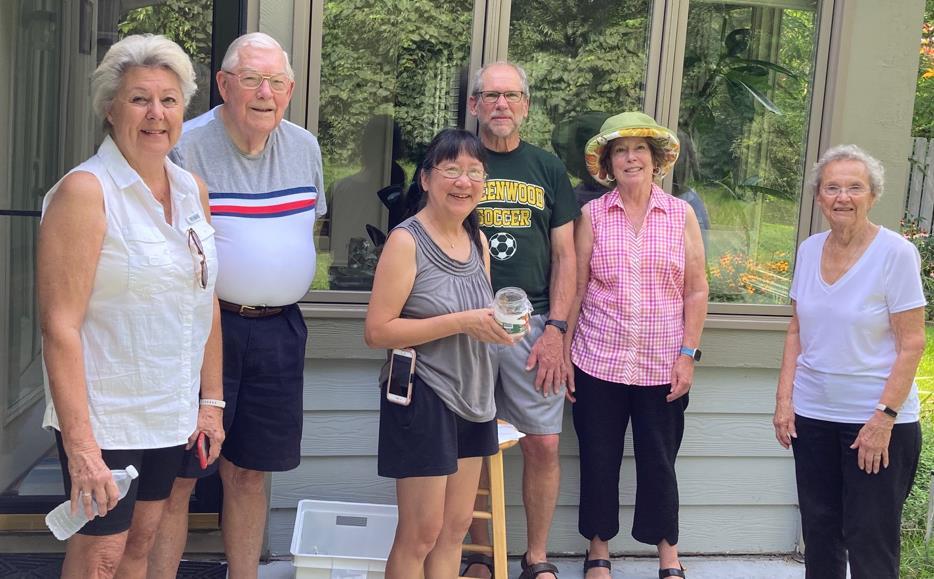

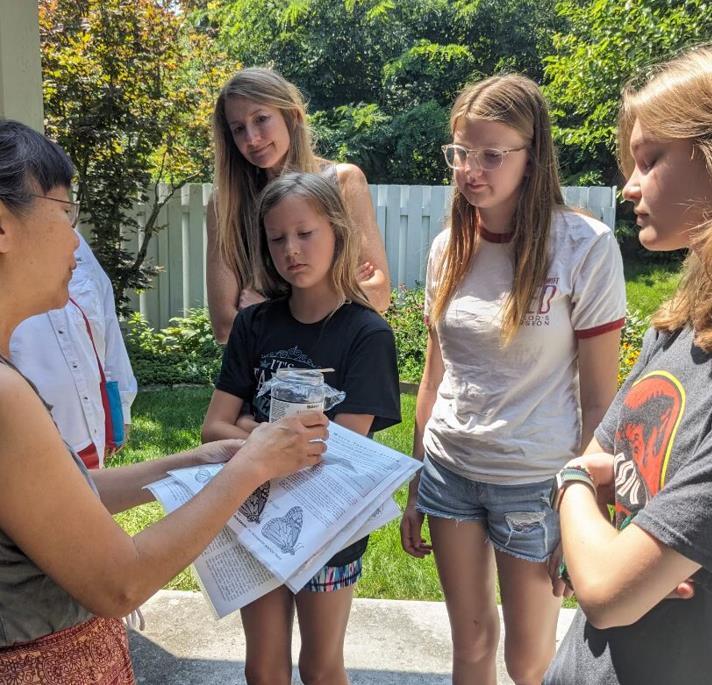
Above and below - Betty explains the Monarch features

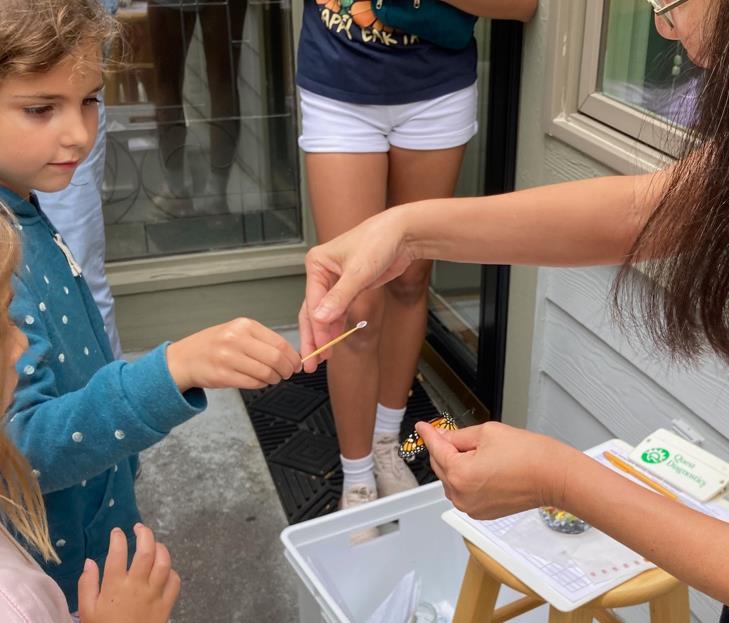


Tag is picked up with a toothpick and attached to the Monarch wing
Right: These lightweight, circular tags were designed by Monarch Watch specifically for tagging monarchs. When applied as directed, the tags do not interfere with flight or otherwise harm the butterflies.




Tag is held to the wing for 2 to 5 seconds to ensure it is securely attached.








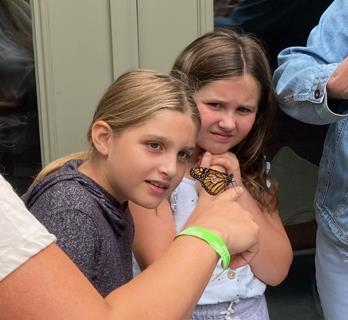


Quite a few children and adults got to hold the butterflies that lingered


Some of the butterflies lingered around for a while before flying off.








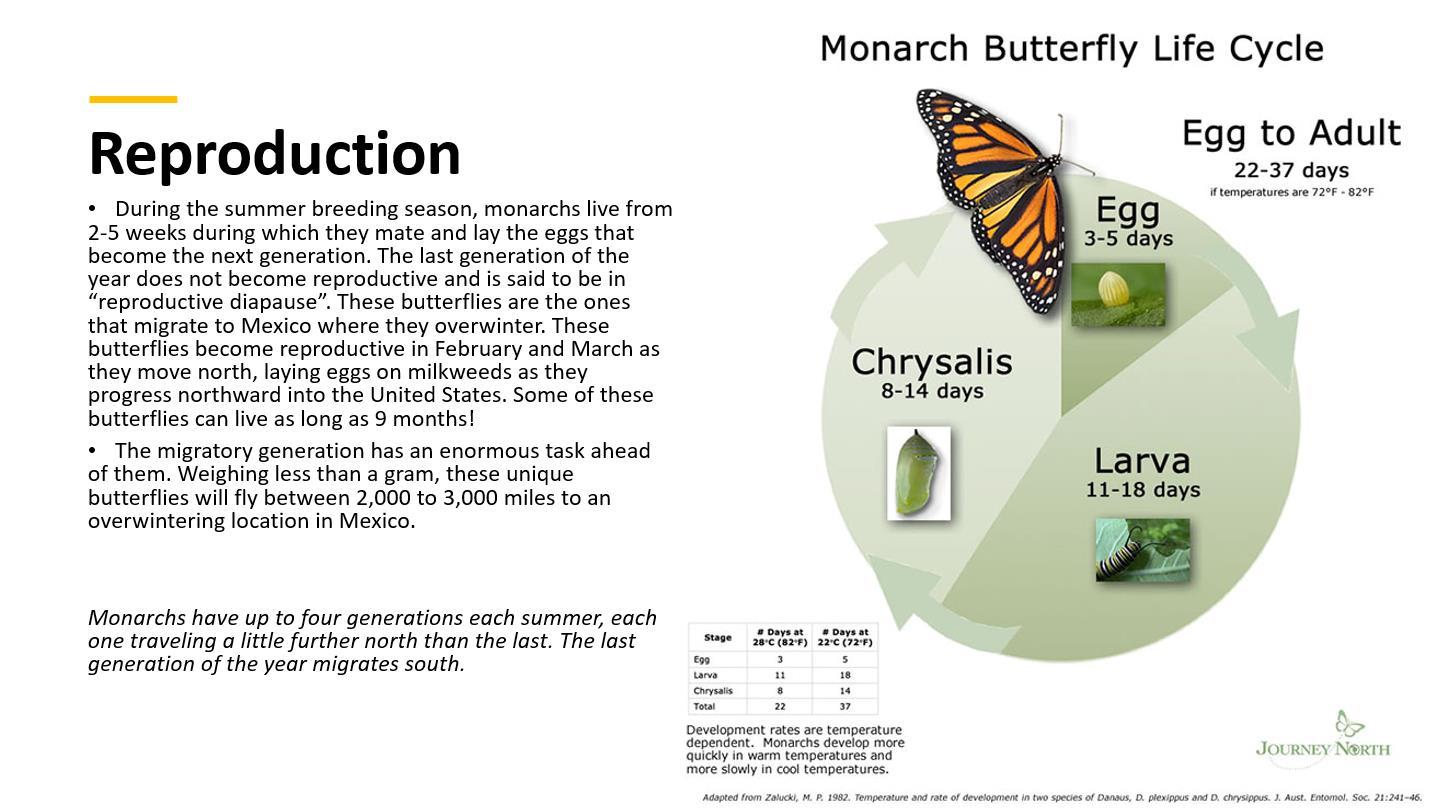

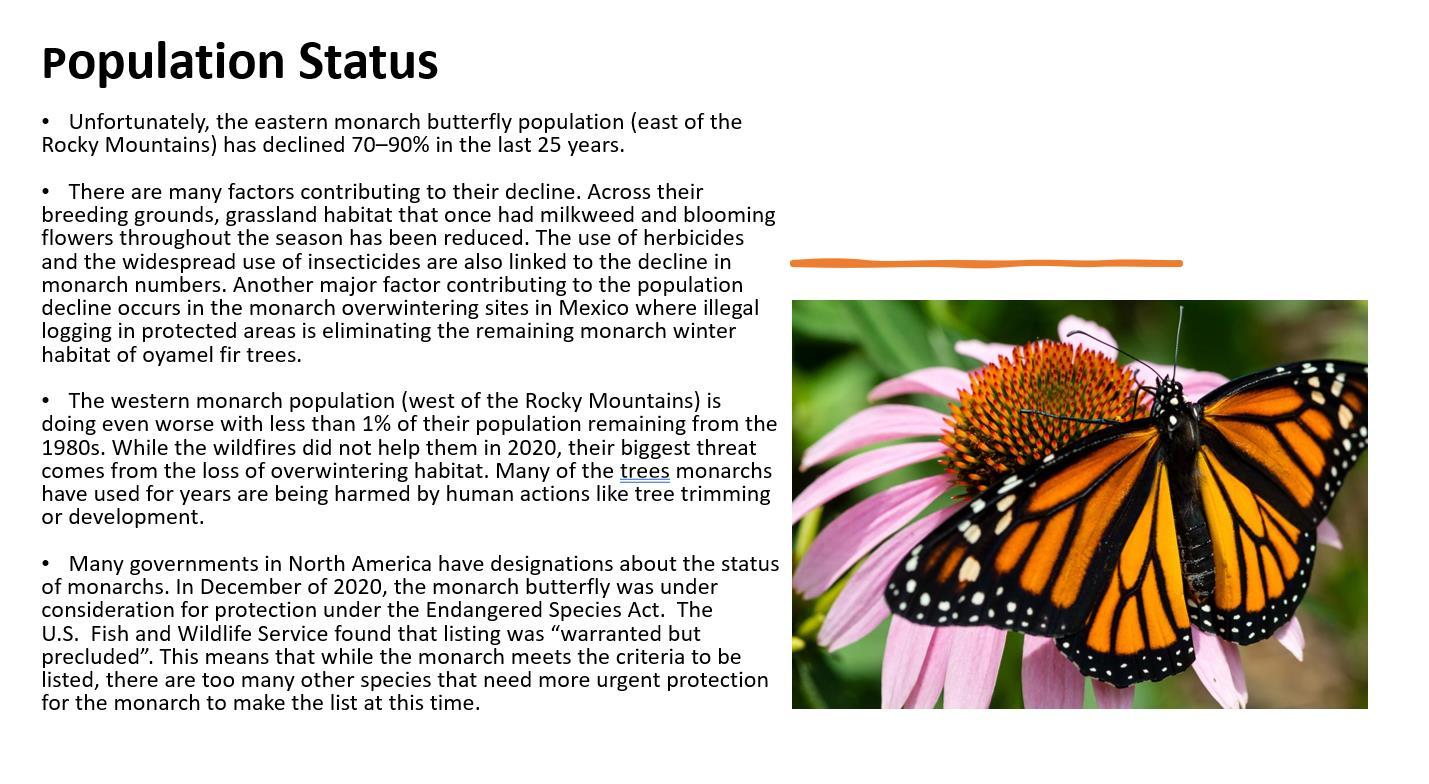

Tamarack Nature Preserve
Serving Tamarack Seventeen and Springmill Lakes at Tamarack


Season s Greetings from your nature preserve leadership



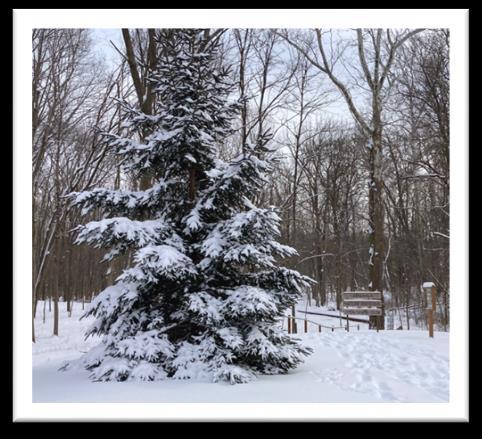
Walk in the Woods
10am, Monday, January 1, 2024
Join your family, friends and neighbors for our nature preserve tradition.
The simple plan to get more people to enjoy the outdoors on New Year Day has become a nationwide movement starting more than three decades ago. A vigorous walk is a great way to start the new year on the right foot literally- and get outdoors, enjoy nature, spend time with family and friends and maybe start working on that New Year resolution to get in shape .
Refreshments and snacks will be provided along with a fire pit to take away the chill






Tamarack Nature Preserve
Serving Tamarack Seventeen and Springmill Lakes at Tamarack
44th Edition, November 12, 2024

October 6—Perfect weather for the Dave Lowe Trio playing oldies and dance music for over 50 neighbors and guests.


Save the Date!
7th Annual Walk in the Woods 2025 New Years Day – 10am Snacks, coffee, hot chocolate and a warm fire to take the chill away.
Nature Preserve Photo Guides
The below link will take you to our community website and to the nature preserve page. The link has all the photo guides for our preserve. All the photos were taken in our preserve by Pilar Morera and identified by Betty Yan. The guidebooks are updated regularly.
https://springmilllakesattamarack.com/nature-preserve
Butler University Marion County Flora Studies Program
Botanist, Will Weber, Wraps Up His Tamarack Nature Preserve Flora Research

Nature Preserve board members recently toured the Friesner Herbarium at Butler University. Will Weber presented his ongoing research projects on plant diversity in Indiana. Will greatly appreciated learning about the flora that makes our area so unique. Over 100 specimens were gathered between March and August, covering native wildflowers, tree species, and some of the invasive plants found in the Tamarack Nature Preserve. The samples Will collected will become part of Friesner He ba i m e e i e c llec i hich h e m e than 100,000 specimens. These plant samples help researchers understand long-term trends in plant distributions, flowering times, and habitat shifts across the region

Will Weber presenting his flora research results

Will is currently using these specimens to explore the diversity of flowering plants across habitat types and using previous studies to reflect on the changing environment in Marion County. This crucial data from Tamarack Nature Preserve will be compared to collections from other Marion County parks to observe differences in habitat types and seasonal blooming patterns. Some older collections indicate shifts in flowering periods and species composition over the years, which are valuable insights into the effects of environmental changes.
Will thanked the Tamarack Nature Preserve board and the many neighbors who welcomed him. For more on the B le U i e i he ba i m a d jec like Will a d others. visit the herbarium website at Friesner Herbarium. Will looks forward to sharing future findings and having his collection accessible to our community.

Example of the pressing and mounting techniques used to preserve the specimen.


Dr. Moore, explains the herbarium specimen storage cabinets
Assessing the River Continuum Concept using
sites at Tamarack Nature Preserve


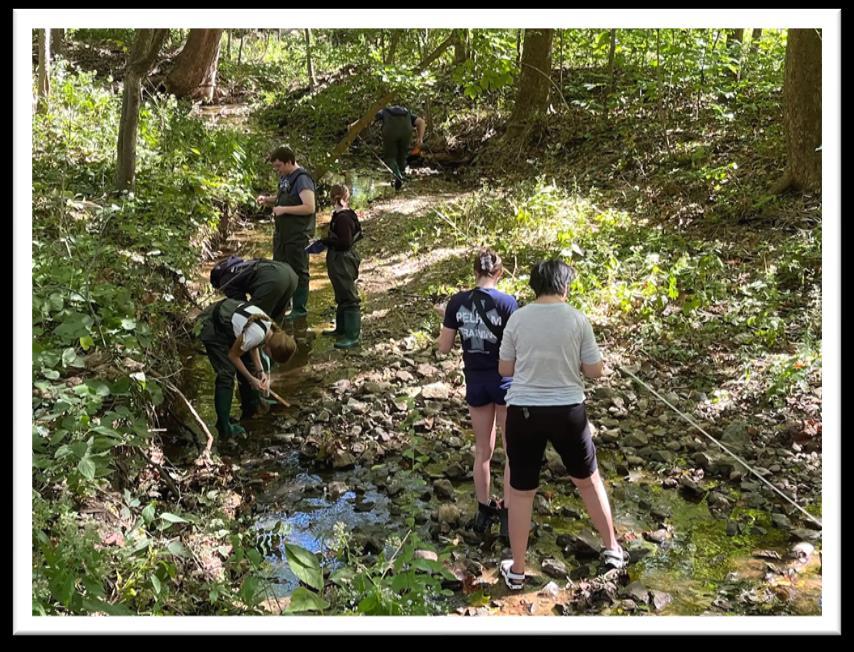

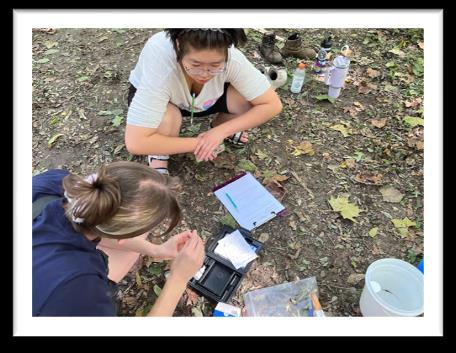
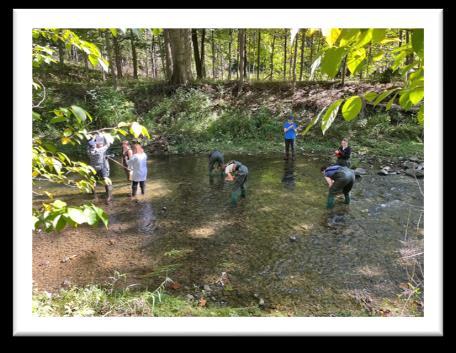
Tagging and releasing monarch butterflies in SPLAT
By Betty Yan
The number of monarch butterflies in North and Central Americas has been in decline for the last three decades. They overwinter in the Oyamel fir forest in mountains west of Mexico City. The winter of 2023-2024 was the second lowest recorded number of monarchs in Mexico (https://www.kcur.org/news/2024 -0207/monarch-butterflies-just-took-a-big-hitkansans-may-see-few-of-them-this-year). It was hoping that favorable weather conditions during the spring-summer-fall of 2024 would help the recovery of the number of monarchs. So far, this d e n eem be he ca e Un ea nal l ng raining periods, cold and hot temperatures in the migration route impeded the egg laying, and the maturation of the caterpillars and butterflies. We will know more when we get the number of monarchs overwintering in Mexico in about a couple of months.
Widespread use of agricultural herbicides that kill milkweed, the spread of cities and suburbia, insecticides, parasites, climate change and logging of the Oyamel firs in Mexico all get blamed for declining numbers of migrating monarchs in recent decades.

Drought years, bark beetle infestation and warming climate deal an extra blow to the Oyamel fir trees in the current overwintering ground in mountains at 11,000 feet. In 2017, scientists in Mexico started experimenting planting Oyamel fir tree saplings to nearby mountains with elevation, over 11,000 feet where winter temperature would be less affected by the warming climate. Scientists found that the saplings have a 70% survival rate at 12,400 feet. They are now evaluating whether the introduction of a new species of tree would have unintended ecological fallout for other species in the ecosystem (https://www.nationalgeographic.com/science/article/monarchbutterflies-oyamel-forests-migration). As the newly planted Oyamel fir tree saplings mature, hopefully the monarch butterflies will seek them out for overwintering and be able to adapt to the higher altitudes.
Al ng he m na ch mig a i n e he adult butterflies hunt for the milkweed that lets them lay eggs in the spring and summer. Caterpillars feed exclusively on milkweed leaves. Thus, replenishing milkweeds that were removed for crop planting and housing/urban development along the migration route is critical for the survival of the monarchs. Many North American gardeners (including some of our neighbors) now embrace milkweed, prompting some cities to drop bans against plants traditionally viewed as weedy. For example, in 2017, the Illinois Legislature struck down all municipal bans on milkweed and made the milkweed gen he S a e ildfl e
Each year, about 350,000 monarch butterfly tags (small round stickers with an identification number and the reporting website address) are requested by many thousands of volunteers in north America to put on monarch butterflies during the fall migration to Mexico overwintering ground. This citizen science effect is important to provide data on the migration of this species.
Managing the Nature Preserve
By Greg Harker
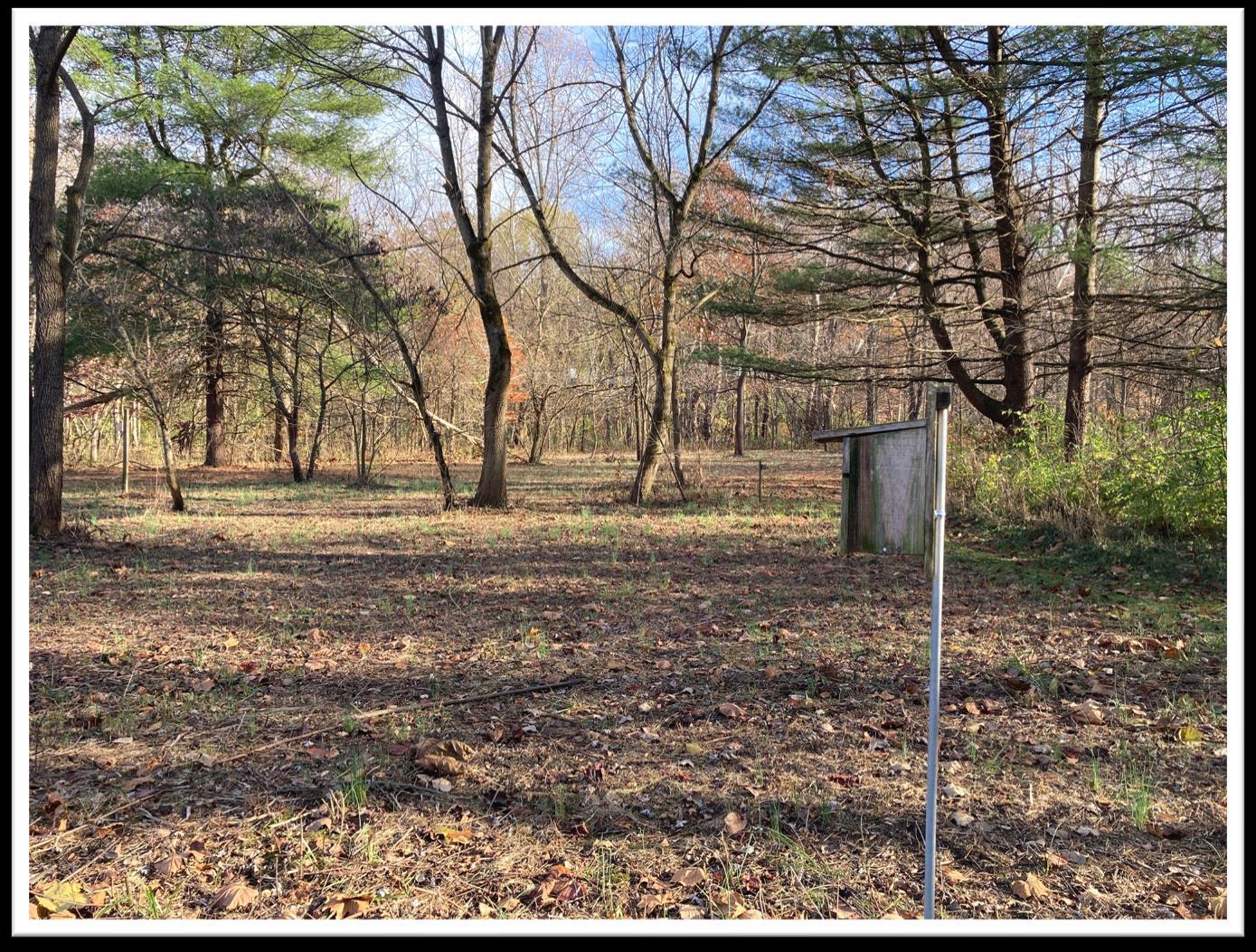
Recently mowed nature preserve south meadow
One of the great things about our 17 -acre nature preserve is that it has 3 distinct areas - a woods, a meadow, and a wetland or seepy area. With these 3 types of areas, we therefore have been able to identify more than 275 types of plants.
All our Indiana DNR contacts have told us, over the years, that the way to maintain our meadow portion is to mow it periodically. So, for that reason we generally mow about 1/3 of the meadow each year.
Our friend and neighbor Tom Kretz also mows our butterfly habitat each year in early December. The mowing of these areas enables us to control some less desirable plants and come Spring, will allow more native plants to sprout from seed already in the ground
Nature preserve visitors may have noticed that the south 1/3 of the meadow was mowed recently. The machine that was used is called a Fecon, which will not only mow but will grind up brush and small dead trees on the ground. (Larger dead trees and logs are left because they support a variety of insects and wildlife.)
The south 1/3 of the meadow has a lot of grapevines, which is difficult to control. A DNR forester told me that 15 grapevines per acre is reasonable, it provides food for birds and insects. But the area just mowed had hundreds of grapevines. And if left uncontrolled, grapevines will grow up trees and cover the canopy of a tree, which leads to the tree eventually dying. I have been cutting grapevines and pulling them off trees for about 5 years. It is much easier to do this immediately after the mowing, as I can more easily access all the trees and be sure to cut all the vines and pull most of them down. This results in much healthier trees around the perimeter of the meadow area, where there are quite a few redbuds, and some of the donated trees such as black gum, oak, and bald cypress. Many of these trees would be in jeopardy without periodic removal of grapevines.

Serving Tamarack Seventeen and Springmill Lakes at Tamarack
45th Edition December 20, 2024
Annual Walk in the Woods 2025 New Years Day 10am Snacks, coffee, hot chocolate and a warm fire to take the chill away .

Butterfly Habitat -Fall MaintenanceNeighbor Tom Kretz mowing the butterfly habitat --Thank you, Tom
Donations of $175 have been received in memory of neighbor and nature preserve enthusiastBob Lowe-
Thank you!




Nature Preserve Photo Guides
The below link will take you to our community website and to the nature preserve page. The link has all the photo guides for our preserve. All the photos were taken in our preserve by Pilar Morera and identified by Betty Yan. The guidebooks are updated regularly. https://springmilllakesattamarack.com/nature-preserve




Yellowwood – A Rare and Beautiful Indiana Native tree
Two Yellowwoods in the common area of our neighborhood
by Betty Yan
In his visit to our Nature Preserve in May 2024, Scott Namestnik, Indiana Department of Nature Resource Botanist, was delighted to notice that we have this rare and beautiful tree close to the entrance of our Preserve. The tree also happened to be in bloom and Scott showed us how to identify a Yellowwood tree. This yellowwood tree is on Tamarack Drive, just south of the Book Box and the 18mph sign.
As we learned how to identify this rare Indiana native tree, we realized that we have another one in the common area of our neighborhood. This one is located at the southeast corner of Tamarack Drive and Spring Lakes Drive. Both trees are about 10-15 feet tall, and they can grow to 30-50 feet. We believed that the contractor/nursery that planted trees for our common area gave them to us by mistake. We are delighted to have them. Greg Harker and Bernie Pierce cleared Honeysuckles around the Yellowwood tree close to the entrance to the Nature Preserve to give it a better growing environment.
Yellowwood (Cladrastis kentukea) is in the Fabaceae (pea) family, and the only species in the genus Cladrastis in North America. The rest of the species in this genus are in Japan and China. The native range in North America is like a small spray of paint from the southeast to the Midwest (see the diagram to the right), with the one small location in Brown County, Indiana (Yellowwood State Forest and Ogle Hollow State Preserve) as its northernmost native range.
The relatively small Indiana population is far removed from larger ones in Kentucky, Tennessee, and Missouri. A DNA study conducted by the Hardwood Tree Improvement and Regeneration Center at Purdue University found that the Indiana trees are genetically distinct from the trees in those states, indicating that they are true relics (a formerly widespread species that persists in an isolated area) rather than trees brought to Indiana by early settlers.
Yellowwood begins to flower after about ten years and produces beautiful and fragrant flowers in May/June, every several years. As both of our Yellowwoods in our neighborhood just bloomed this year, we may not see them bloom again for quite a while.
The tree was used primarily for dye making, first by Native Americans and then by settlers. The wood is strong and heavy, easily worked and polished, which made it desirable for gunstocks and small articles of household furniture. As Yellowwood is being such a scarcity, it could be bad news for this species. Fortunately, for the yellowwood, its tendency to fork close to the ground allowed it to escape widespread commercial logging operations. Furthermore, harvesting of the Yellowwoods and the seeds are not allowed in the Brown County state forest and preserve. Yellowwood in Brown County of Indiana were not identified until 1933.
References
https://piedmontmastergardeners.org/article/yellowwood-arare-and-beautiful-tree/
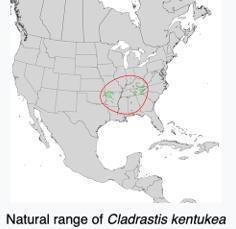


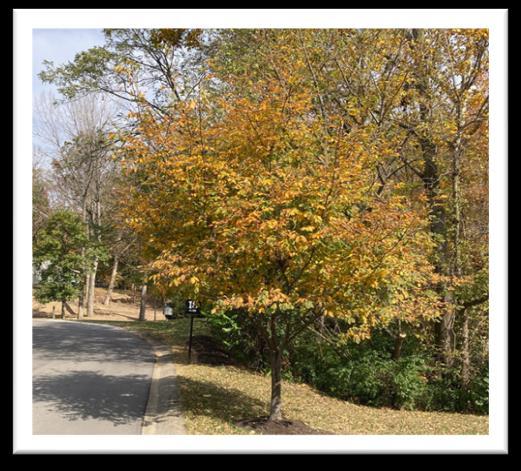
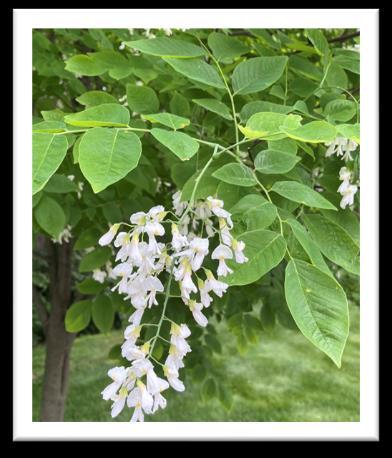

Tamarack Nature Preserve
Serving Tamarack Seventeen and Springmill Lakes at Tamarack
47th Edition May 12, 2025
Volunteer Day- Annual Garlic Mustard Pull
Tuesday, April 15th--A primary mission in maintaining the nature preserve is to eradicate invasive species. Garlic Mustard is one of our most prominent invasive species in the preserve and we spend time each spring pulling plants and removing them from the preserve. This year we had a slim volunteer group made up of the preserve board of directors. During the week others joined in, but no photos

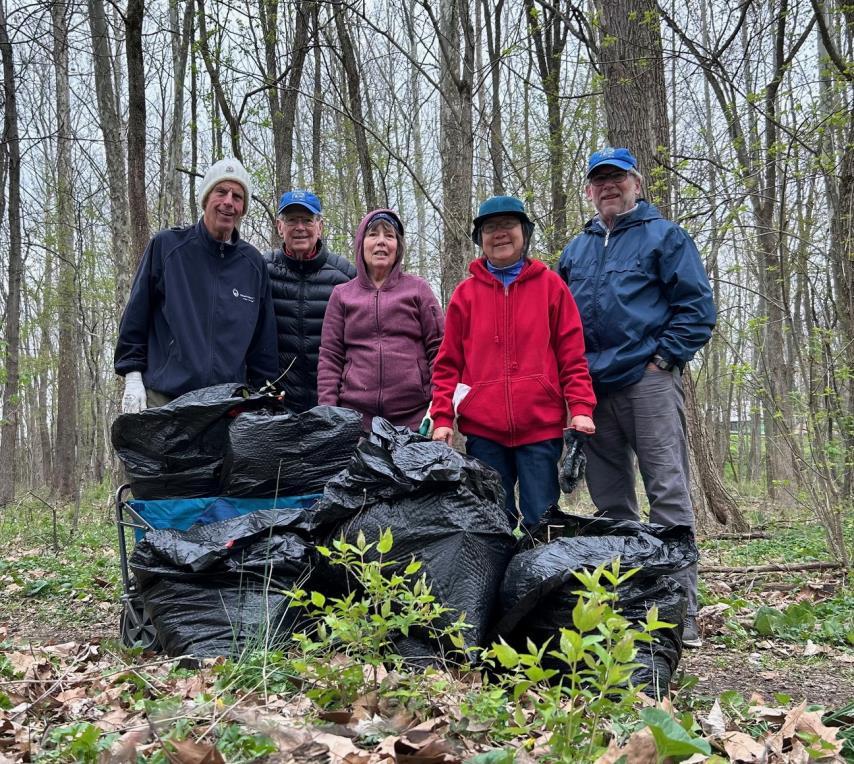
Annual Spring Wildflower Tour
Saturday, April 26th-- A small group of hardy souls ventured out into the cold spring morning to observe the spring wildflowers. Under the guidance of our flower expert, Norma Wallman, we walked the Forest Loop Trail. Along the way, Norma identified 35 wildflowers. During this time of the year, the preserve is ever changing. If you walk the preserve trails every week or two, you will discover new flowers blooming during every visit.

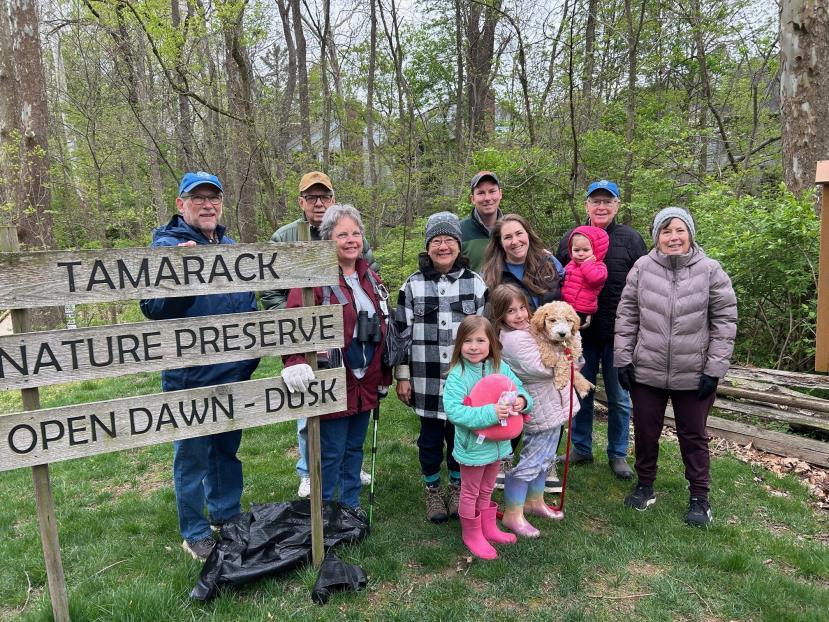
Bald Eagle Sighting
Neighbor, Tom Kretz snapped a photo of a Bald Eagle perched in a tree near the lake. There have been regular sightings of Bald Eagles flying high above the nature preserve. This is the first photographic evidence. Thanks, Tom, for sharing!!

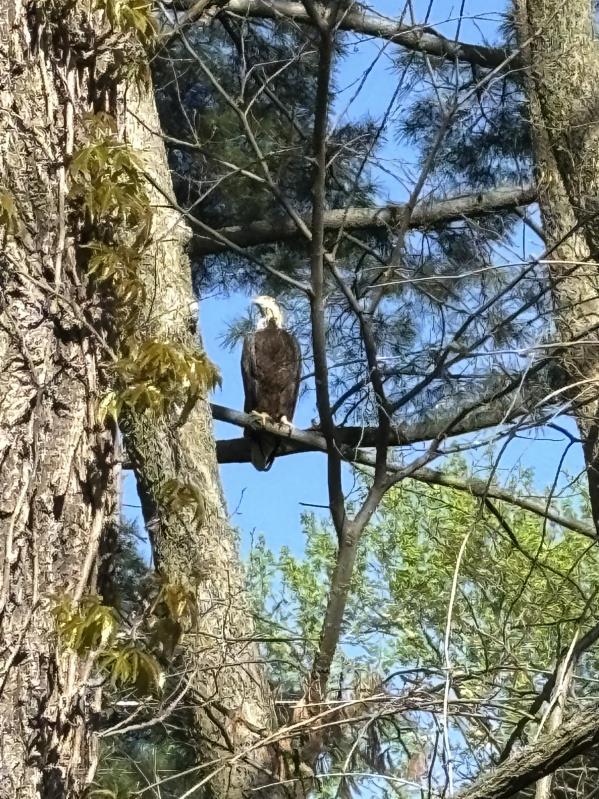
Monday, July 14th 7pm
Gary Walters and Erin Benedict
present music from the American Songbook


Gary Walters is an Indianapolis degree in percussion and a minor in classical piano from Ball State and eventually decided to make his way with the piano. In his early years he taught band and general music in a middle school while playing piano around town and worked various other jobs, eventually devoting his time to performing and recording. He returned to teaching at Butler, DePauw, and IUPUI and leading jazz combos. In 2004 he began work on a Ma er Degree at Butler, finally retiring from teaching in 2019 so that he could perform and compose. He was inducted into the Indianapolis Jazz Hall of Fame in 2011, has recorded 3 albums of his own music and collaborated extensively with Carrie Newcomer, Cathy Morris, Erin Benedict, and others.
Monarch Butterflies Have Returned To Indiana
By Greg Harker
After not seeing Monarchs in 2024 until September, and after only a handful of eggs were nursed into Monarch Butterflies in 2024 by Betty Yan and Mary Oldham, the Monarchs have made an early return to Indiana this year.
On Monday, April 28, Betty found about 20 eggs on her very small milkweed plants. Then the next day she found even more, and it's believed that perhaps the same butterfly was laying eggs later that day on Mary Oldham's milkweed. In all, over the course of 3-4 days, the two ladies collected more than 80 eggs that are well on the way to becoming caterpillars and Monarch Butterflies by late May.

This will require considerable work by the "Butterfly Ladies" in the neighborhood. Milkweed was only a few inches to perhaps a foot tall when the eggs were found. In other words, the Monarchs laying eggs in our neighborhood were almost ahead of the milkweed, which is the only source of food for growing Monarch caterpillars. Who knows, perhaps the butterflies had a wind assist in their northern migration this year. But with some effort (and farming out the work of raising the caterpillars to neighbors and friends), most of the 80+ eggs will develop into beautiful Monarchs.

Erin Benedict is a graduate of The Manhattan School of Music and has a degree in Jazz Voice Performance. She has performed at the Venito Jazz Festival in Italy and sung on music for Disney Pictures, and other shows. She has toured the US with "Pieces of 8", an 8 person a cappella jazz ensemble based in NYC. She now resides in Indianapolis, works as a studio session singer at a couple of studios, and is a Professor of Jazz Voice at Butler University and UIndy.

in the butterfly habitat area of our nature preserve found more milkweed years, which is a very good thing. If you want to see the milkweed (and perhaps Monarchs), look at the west end of the habitat, the highest density of plants seems to be in that area, not far from the cat tails.

Flora of the Tamarack Nature Preserve - Award Winning Research by Will Weber (Butler University student)
Last year, Will Weber, a junior at Butler University conducted an independent research project. Between March to August of 2024, he collected 97 species (101 plants) of plants from our Tamarack nature preserve. His collection is now part of the Butler University Friesner Herbarium. Here are the digital images of a sampling of the plants he collected.
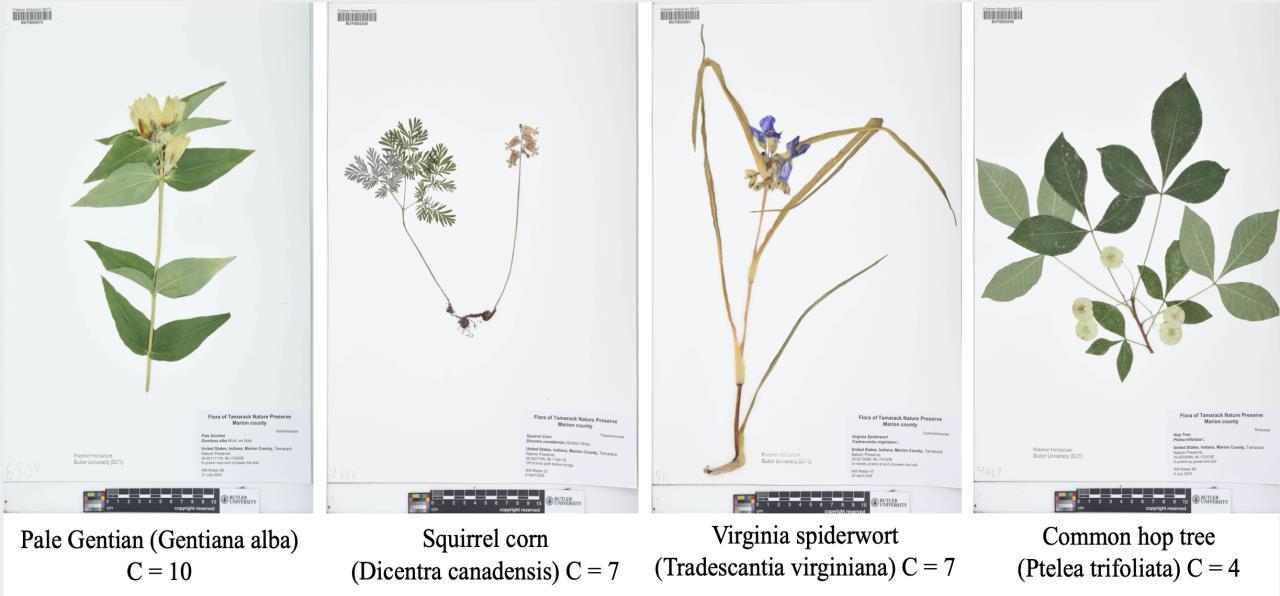
The digital images of all 101 specimens collected were provided to us by Will and can be viewed via this link in our nature preserve archivehttps://issuu.com/splatnaturepreserve/docs/tamarack_specimens_digital_images -_weber_butler_f
Will s research was conducted under the supervision of Butler University faculties, Drs. Hilary Madinger and Marcia Moore. Will presented his research findings at the Annual Indiana Academy of Science conference on March 22, 2025, and was awarded a second prize for his work. Congratulations Will!!

Will also presented his research at the Butler University Undergraduate Research Conference on April 11, 2025. He provided his poster (see below) for us.

Ba
e ea ch,
Nature Preserve
With the 97 species of specimens collected from our preserve, Will used a quantitative standardized tool (C value and Florist ic Quality Index (FQI)) to assess the quality of the environment of our preserve.
A C value (Coefficient of Conservatism) has been assigned to each Indiana native plant. C values range from 0 (highly tolerant of disturbance, little fidelity to any natural community) to 10 (highly intolerant of disturbance, restricted to pre-settlement remnants). C value for non-native plants is 0. C values for Indiana native plants were published in 2004 and is available from the Indiana Department of Nature Resources website (https://secure.in.gov/dnr/nature-preserves/files/np-FQA_in_Indiana_Report.pdf). One method to calculate an FQI value for the location uses the number of the nature species identified in the collection and the corresponding mean C va lue of the native plant species.
For our Tamarack preserve, Will got a mean C value of 4.2 and an FQI value of 37.5. These values are comparable to those of an Indianapolis city park (Juan Solomon park) and two Indiana parks (Hanging Rock National Nature Landmark, and Fern Station Nature Preserve). In general, a mean C value greater than 4 (our preserve) along with an FQI value great than 50 would suggest that the site is of high quality and has a good degree of naturalness.
The mean C value and the FQI value for our nature preserve provide us with a baseline evaluation of ecological health in 2024 . We can use these measurements to monitor the conservation of our preserve in the years to come.
May 7th--Norma Wallman visited the preserve in hopes of finding a rare species, but no luck. In the process of searching for the rare species Norma spotted a White Baneberry, near the bridge. There were flower buds on the plant (left photo) and they blossomed 3 days later (far right photo). We have marked the Baneberry location with a red flag and will look for its fruits in late summer.




Nature Preserve Photo Guides, Drone Video, Plant Inventory and Trail Map
The below link will take you to our community website and to the nature preserve page. The guidebooks are updated regularly.
https://springmilllakesattam arack.com/nature-preserve
For more information, click on this link: https://wildadirondacks.org/adirondackwildflowers-white-baneberry-actaea-pachypoda.html
Photo Contest Entries





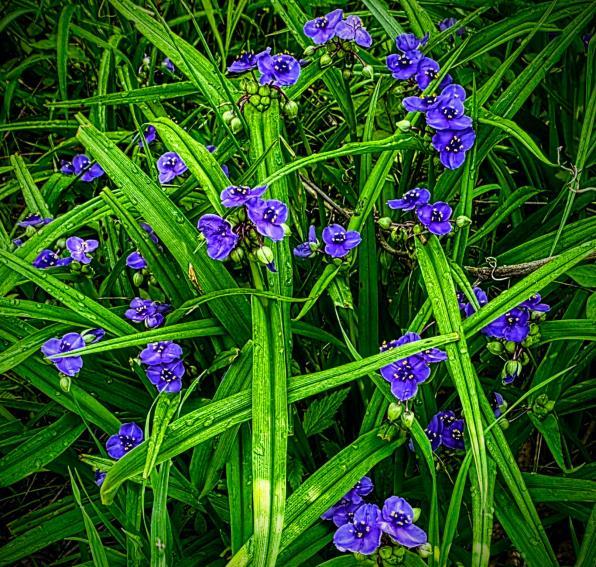

As previously announced, we are sponsoring a photo contest ending October 1 st. Here are our first entries. Most of the photos shown were submitted by neighbor, Richard Darlington. Thank you, Richard !






